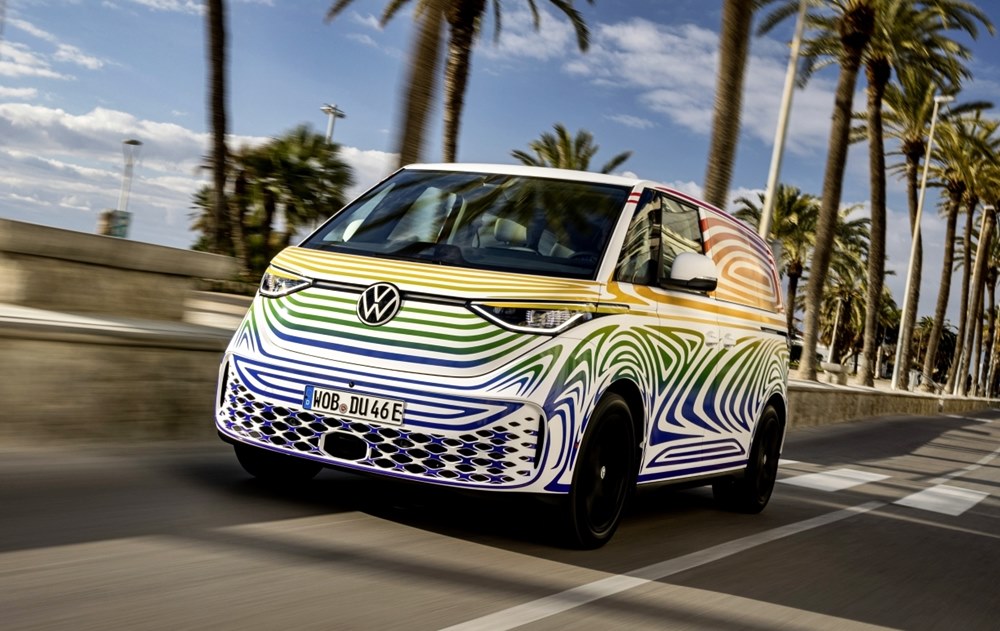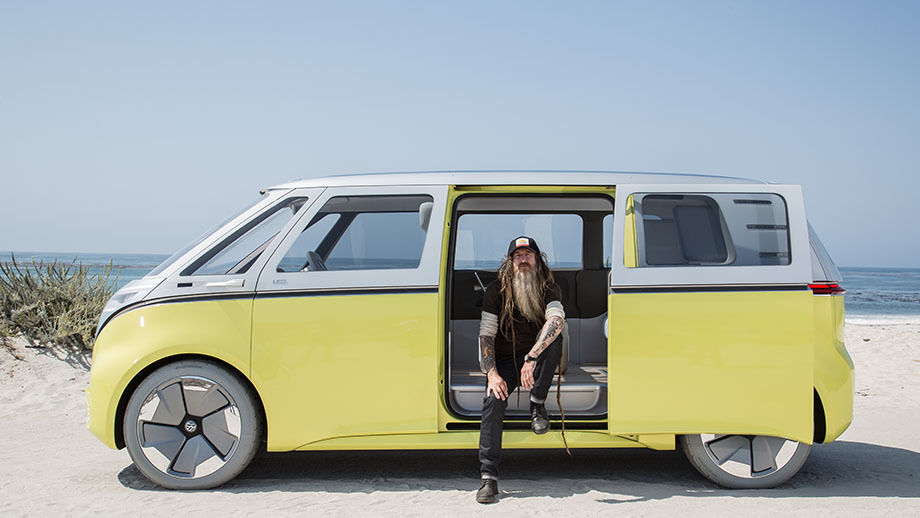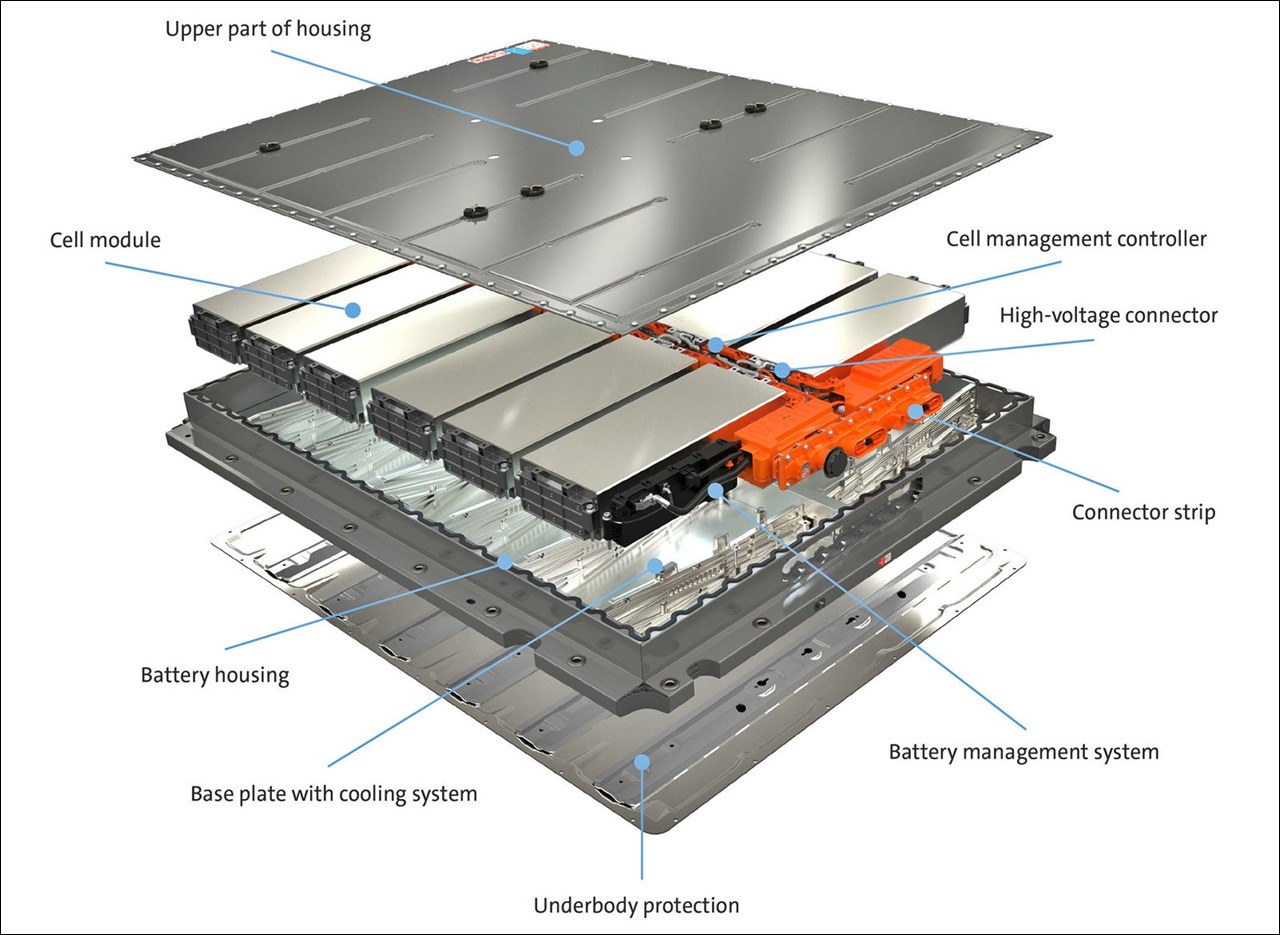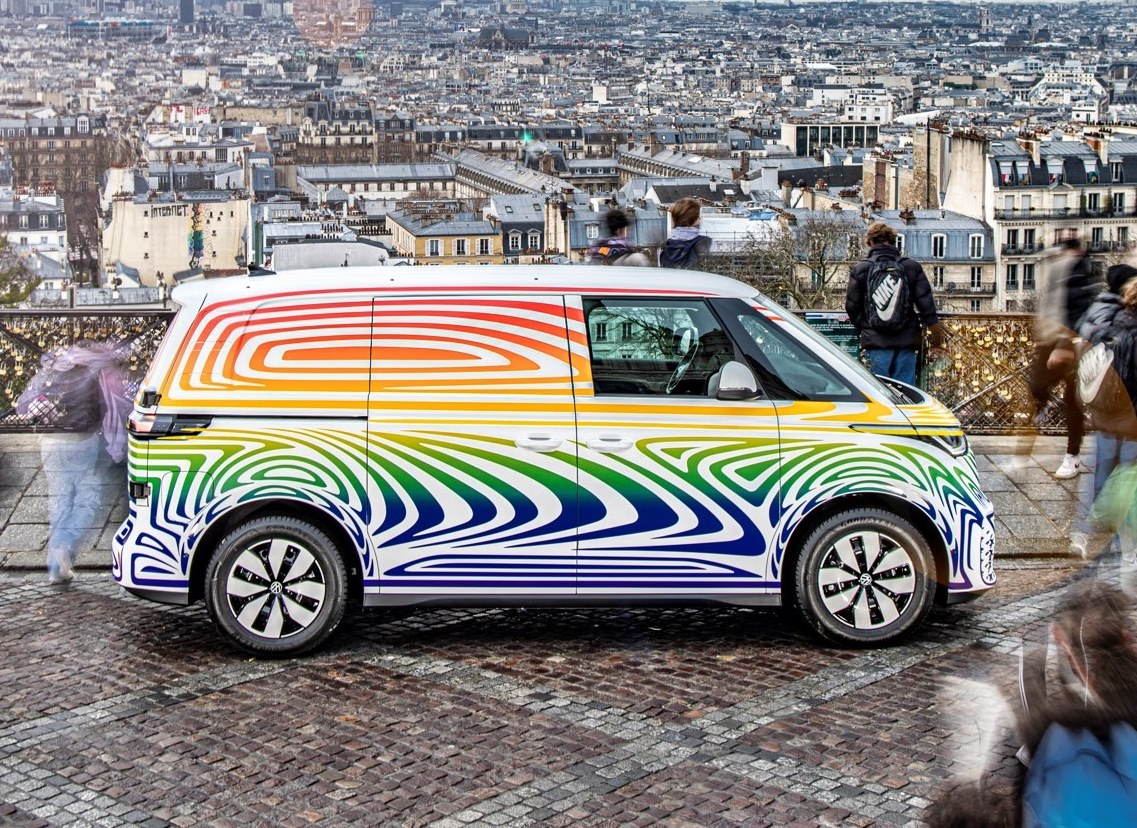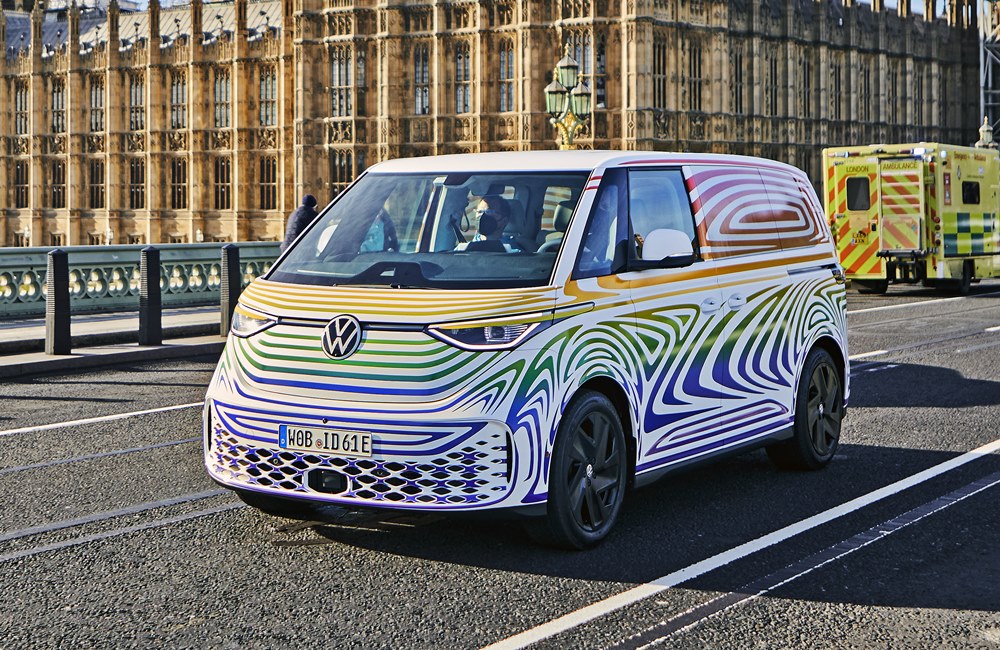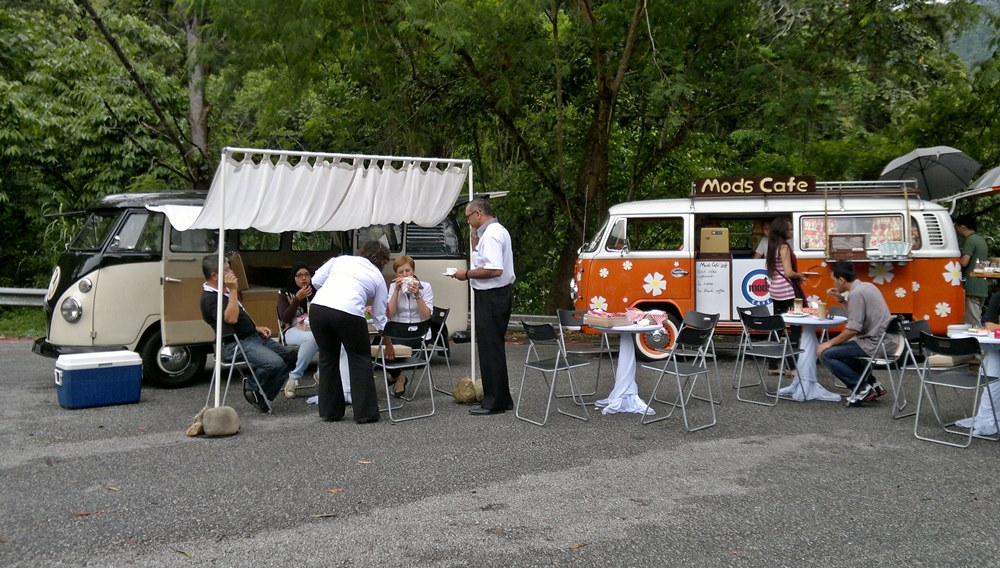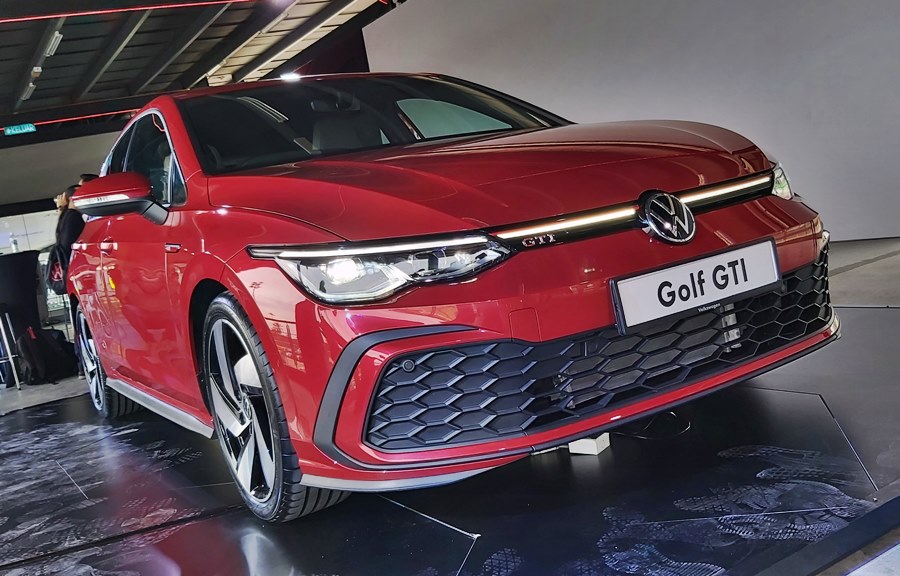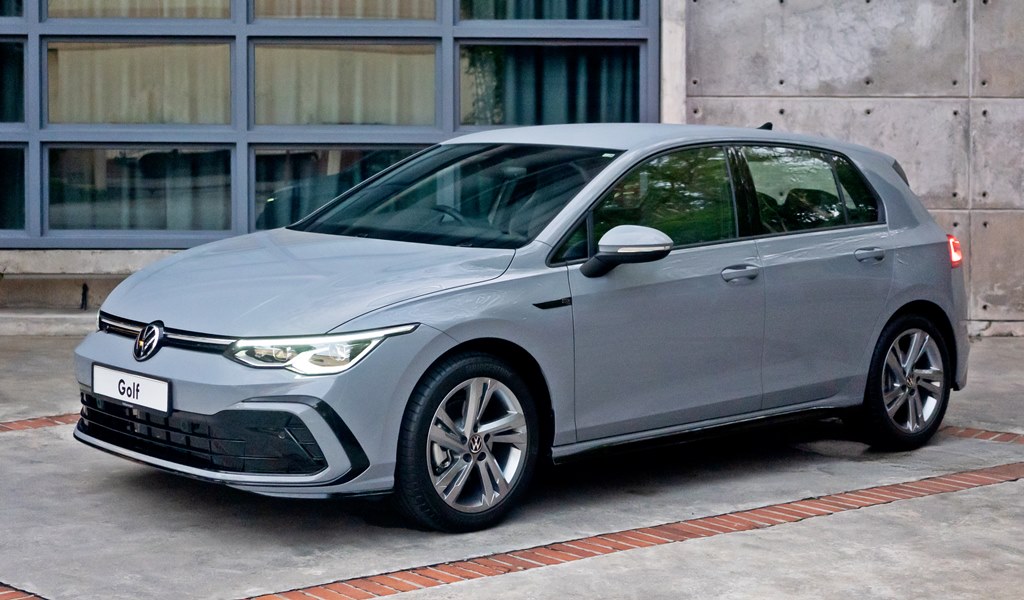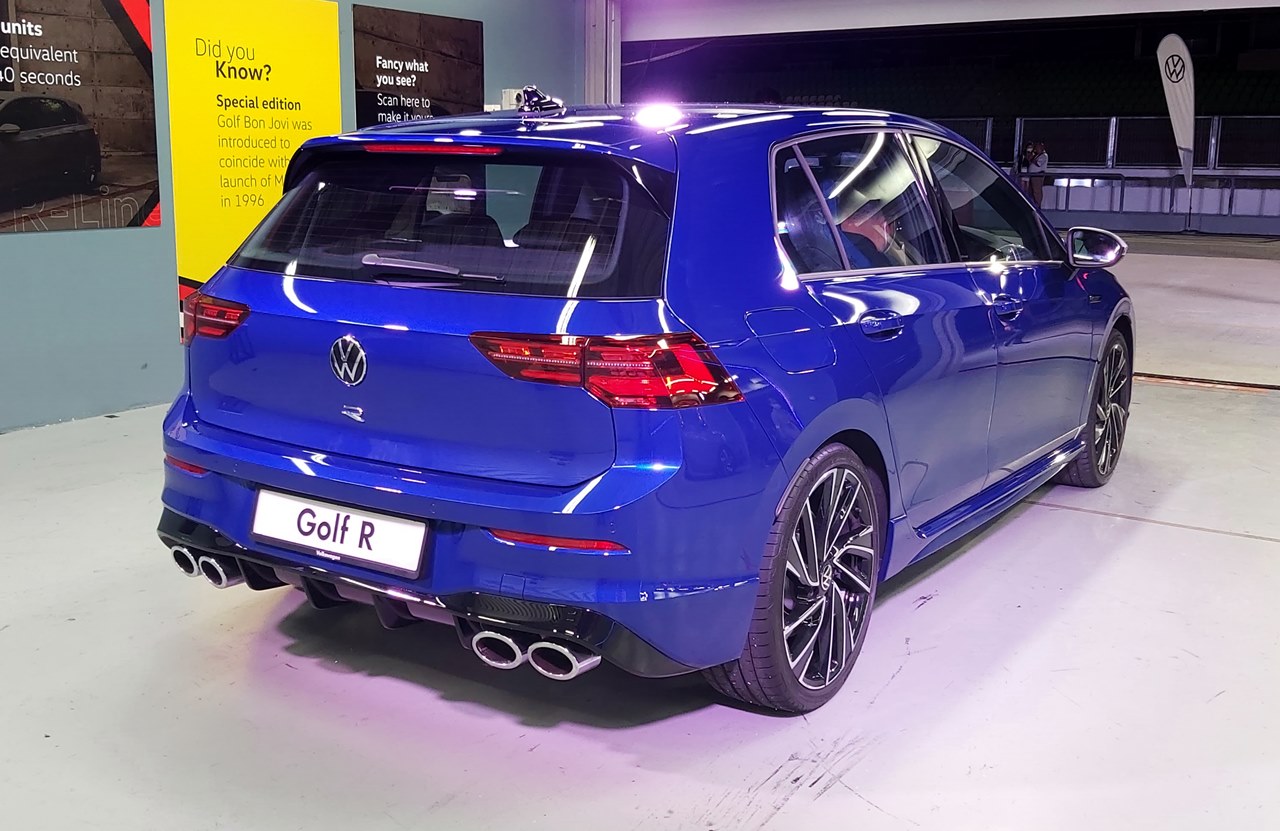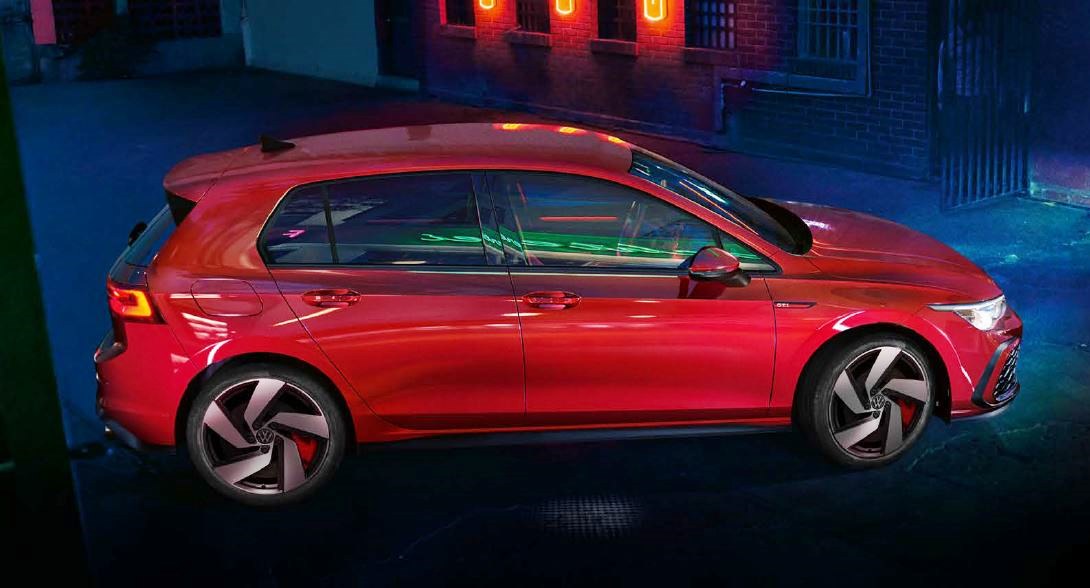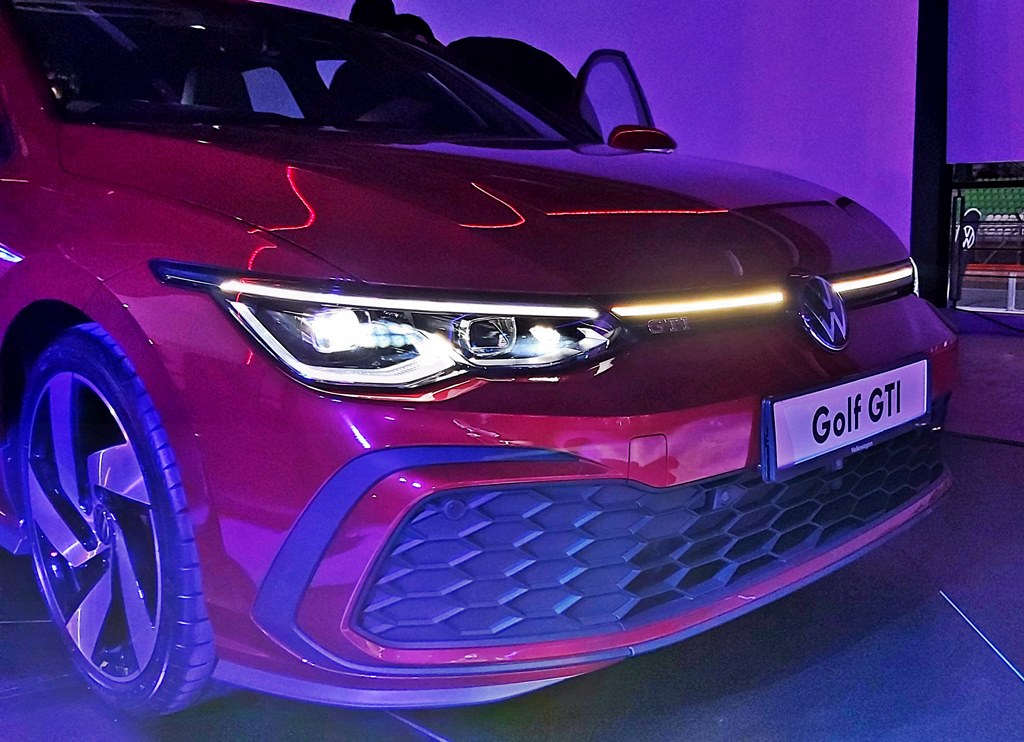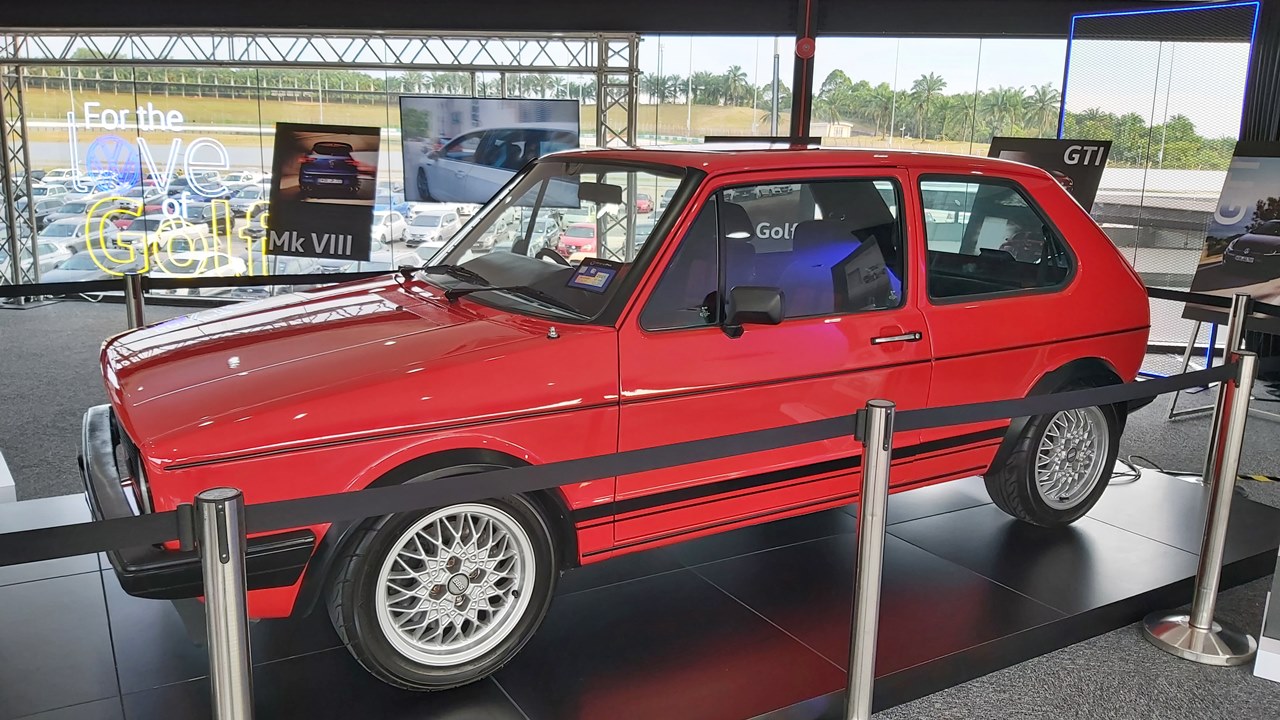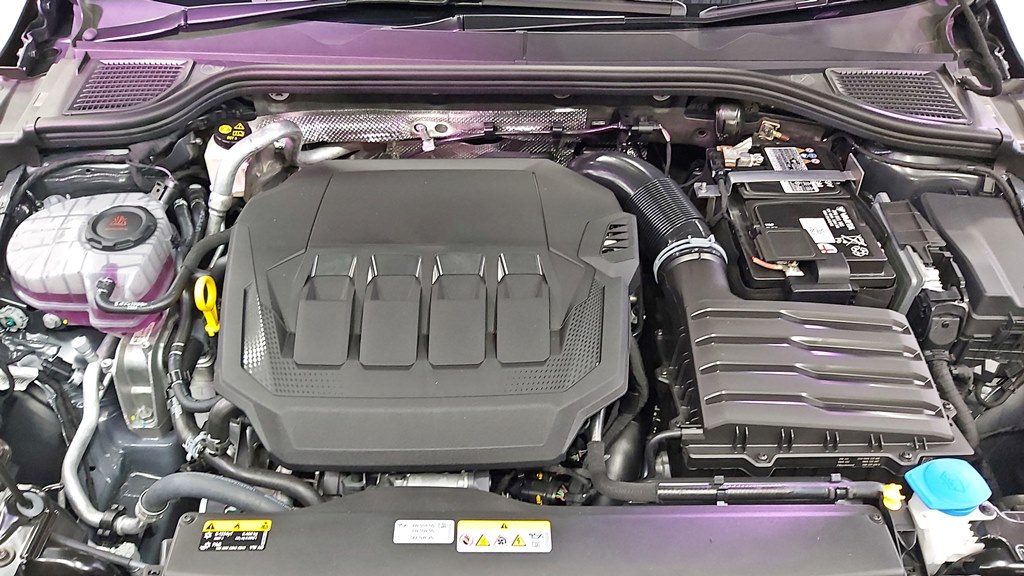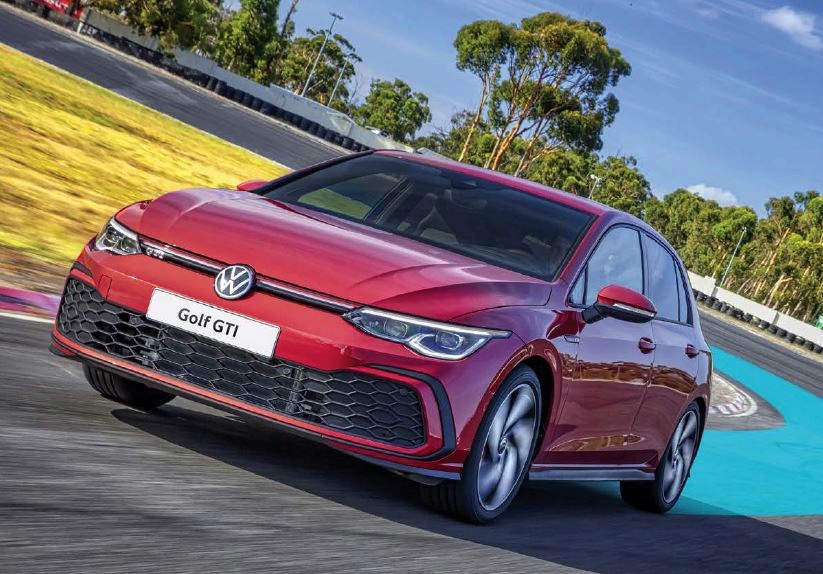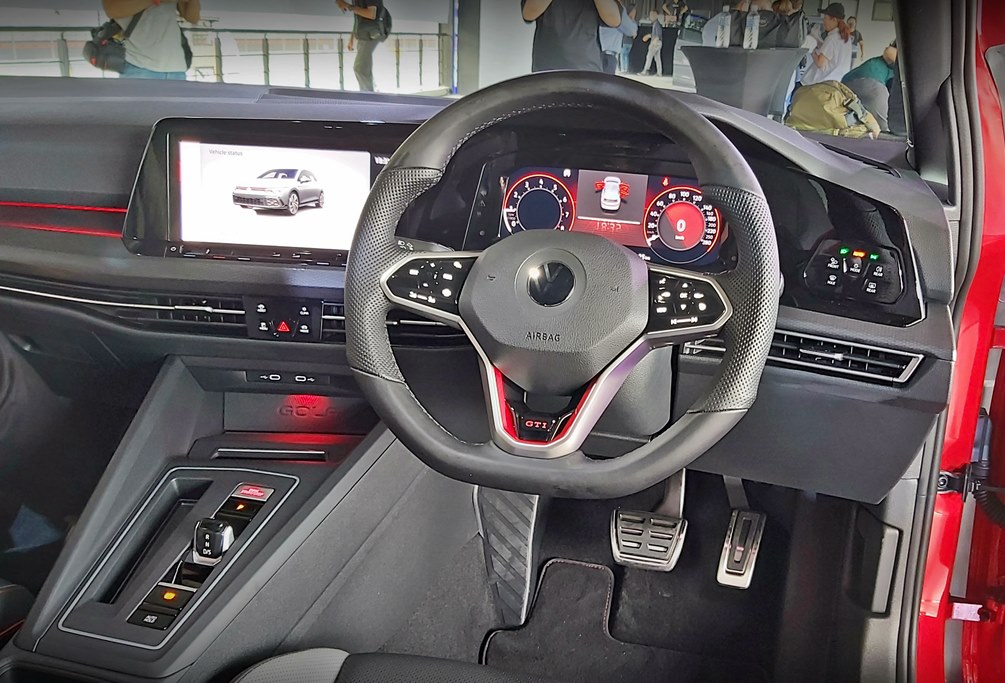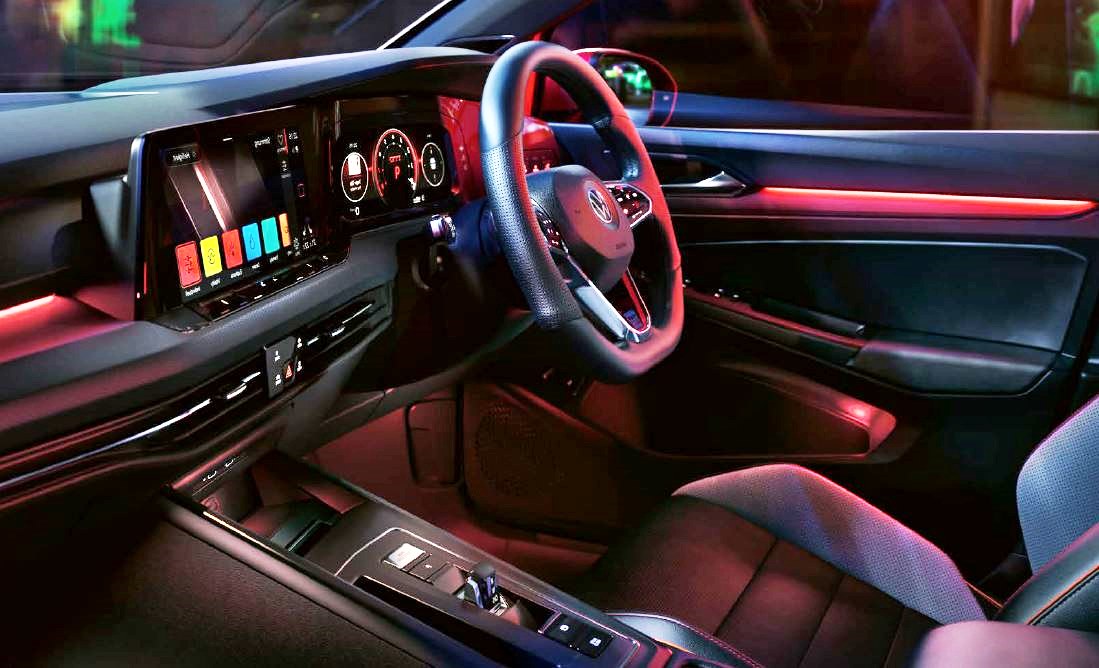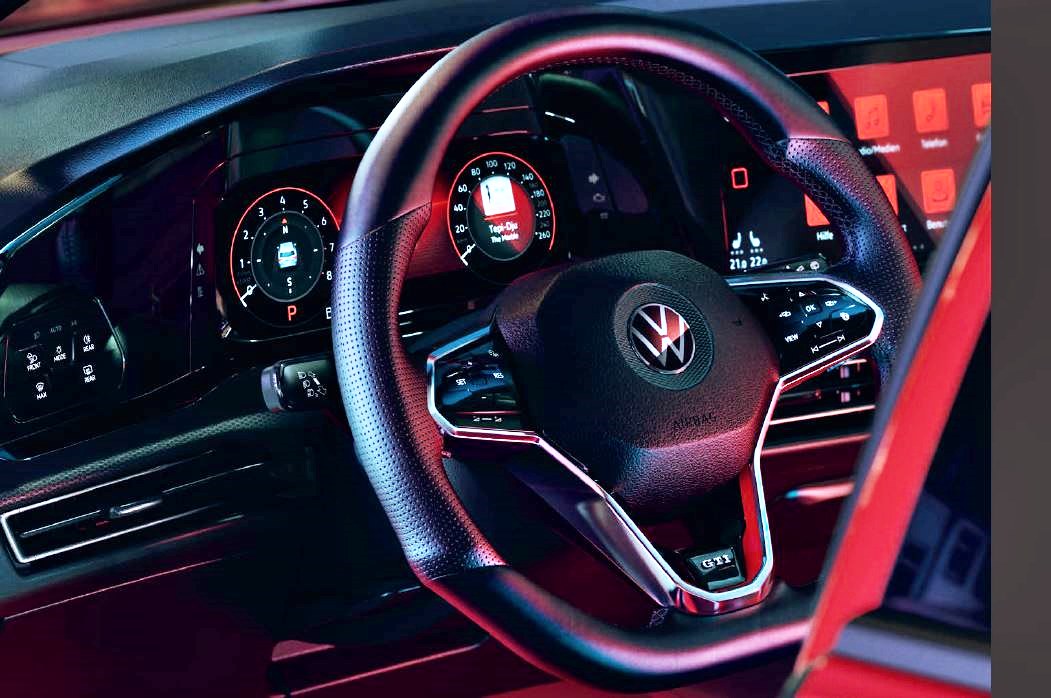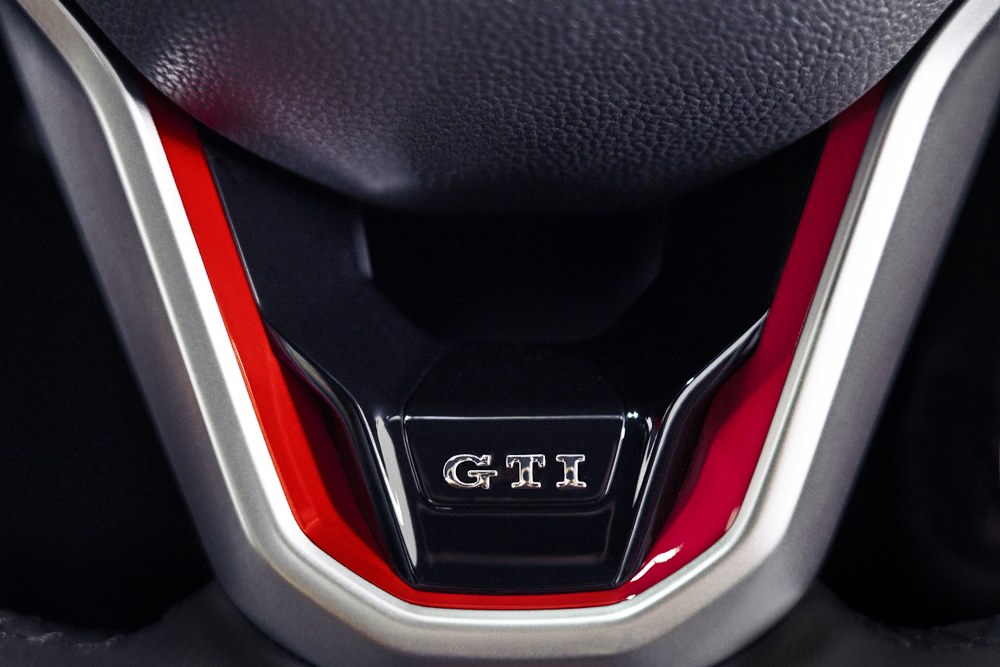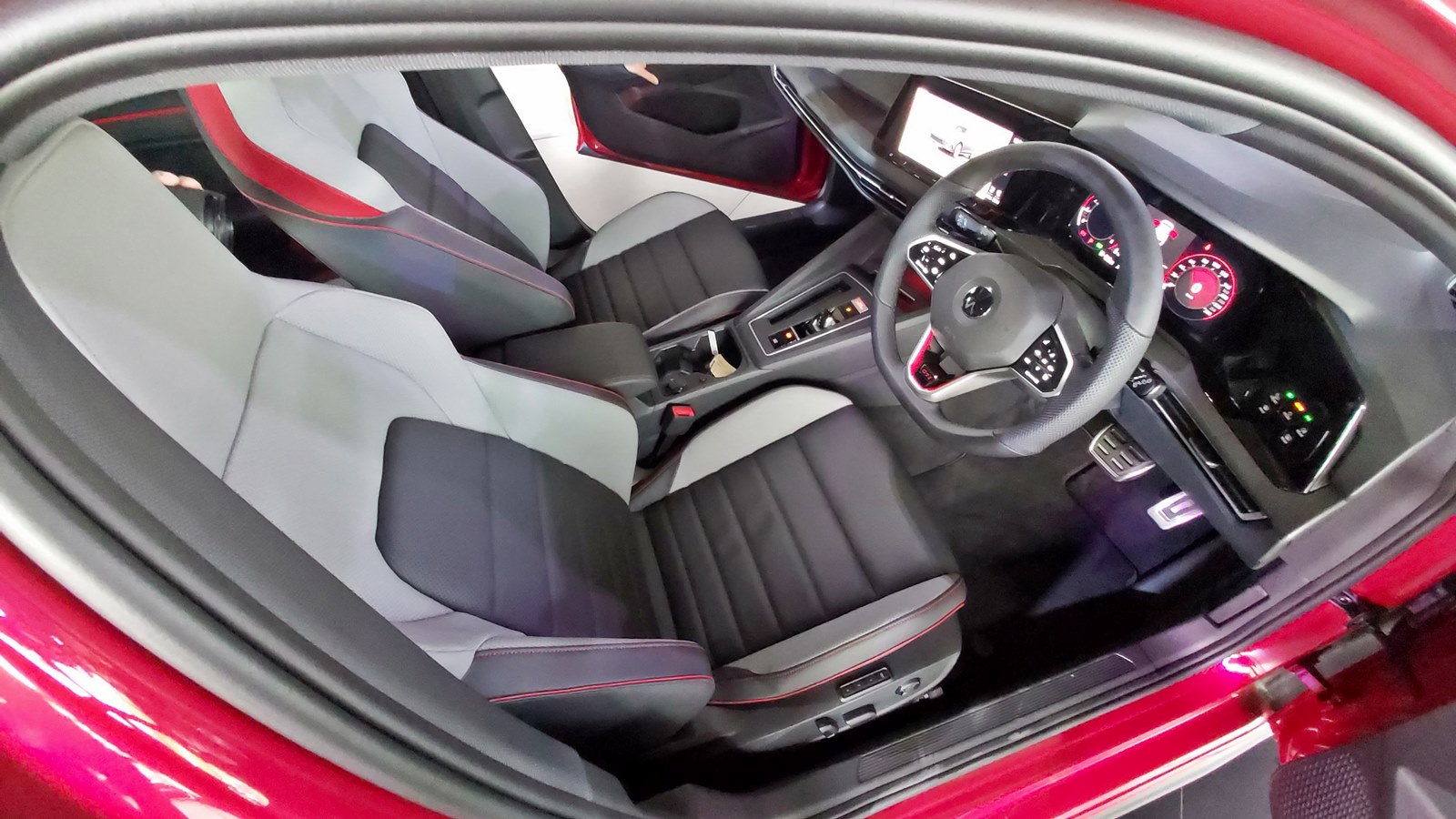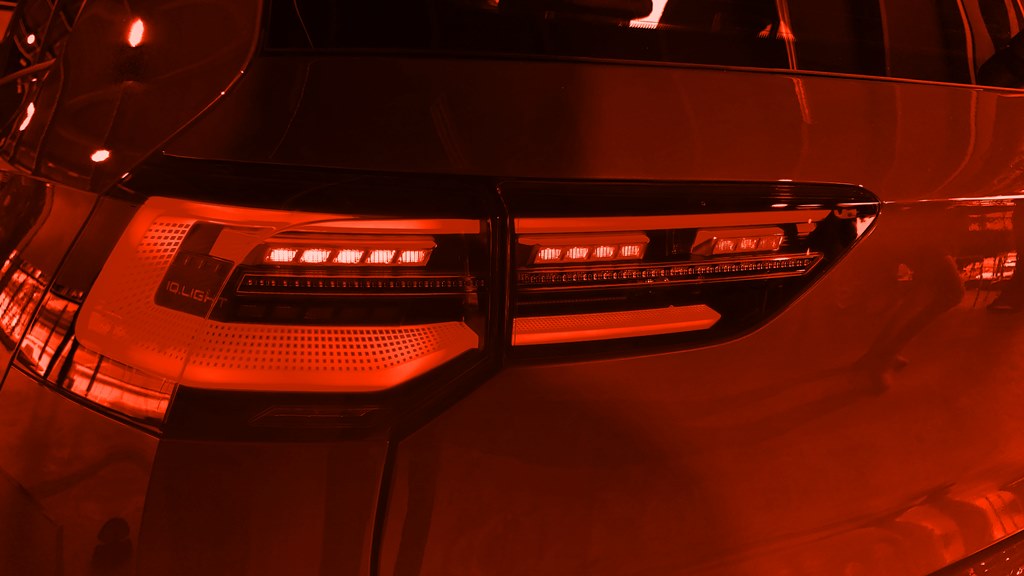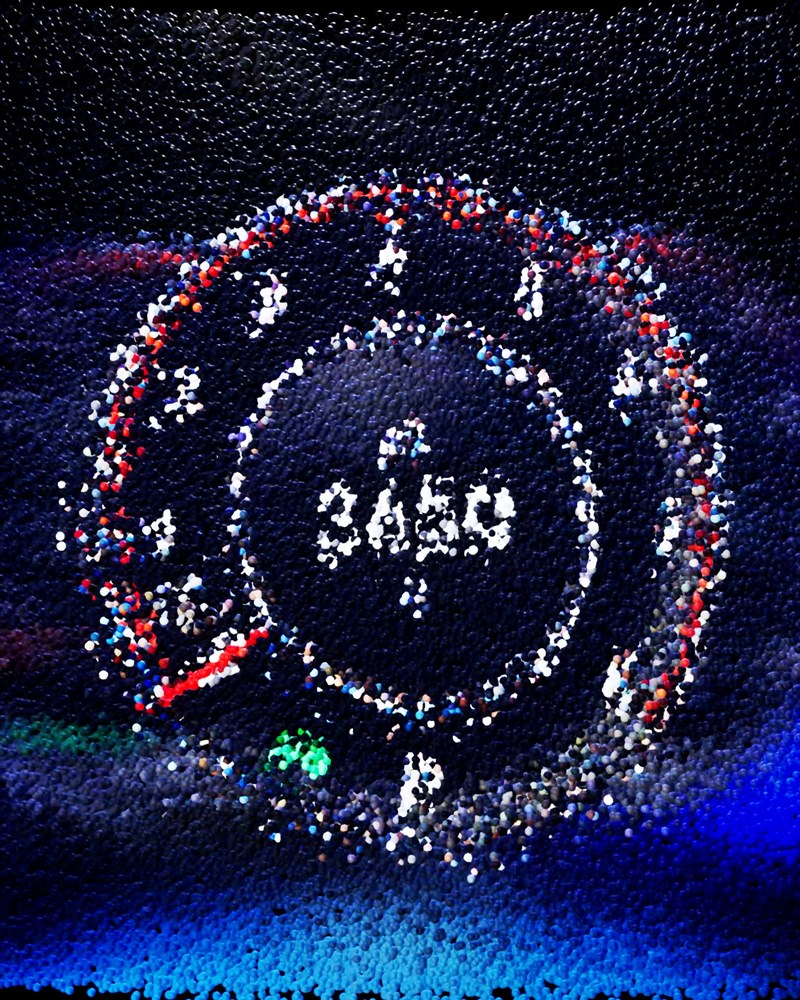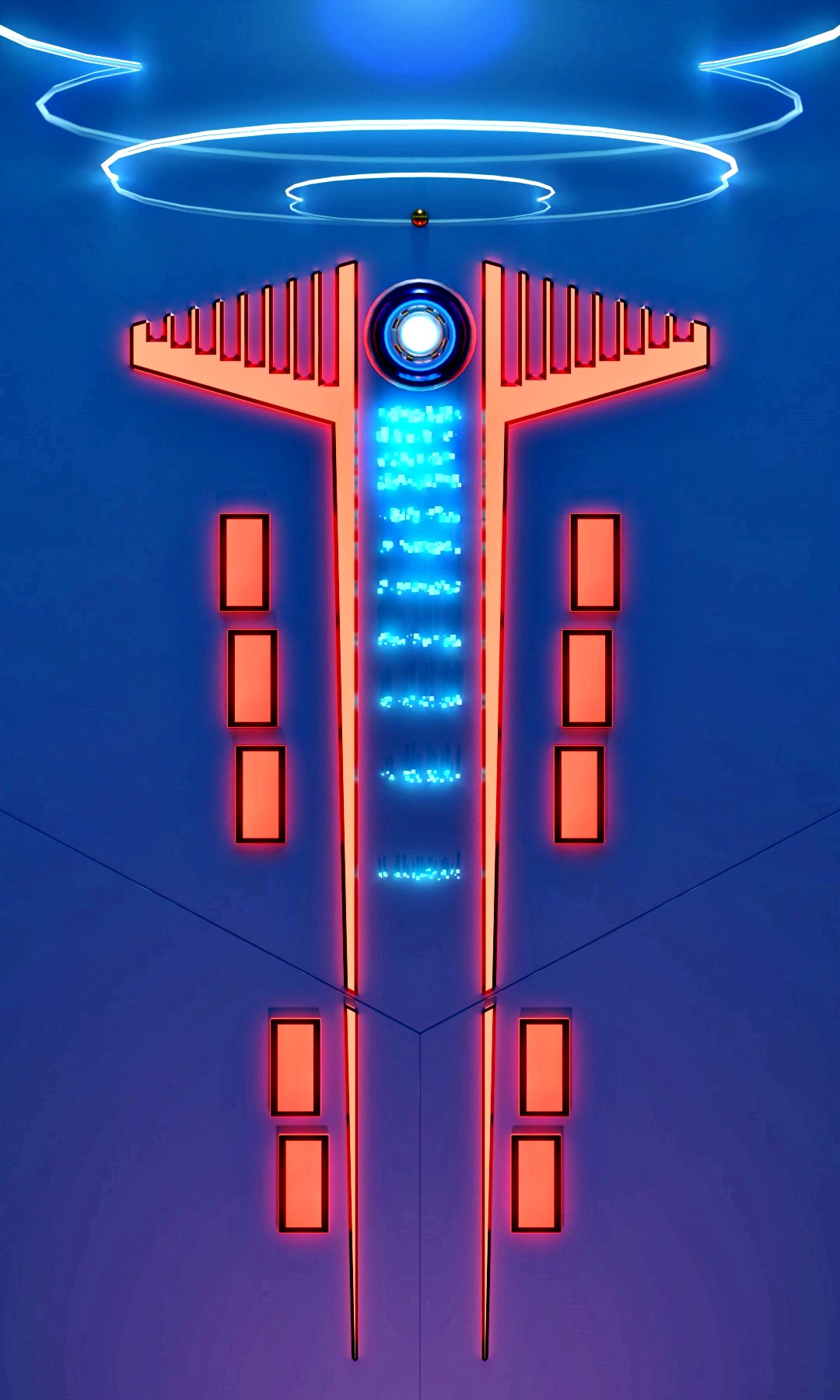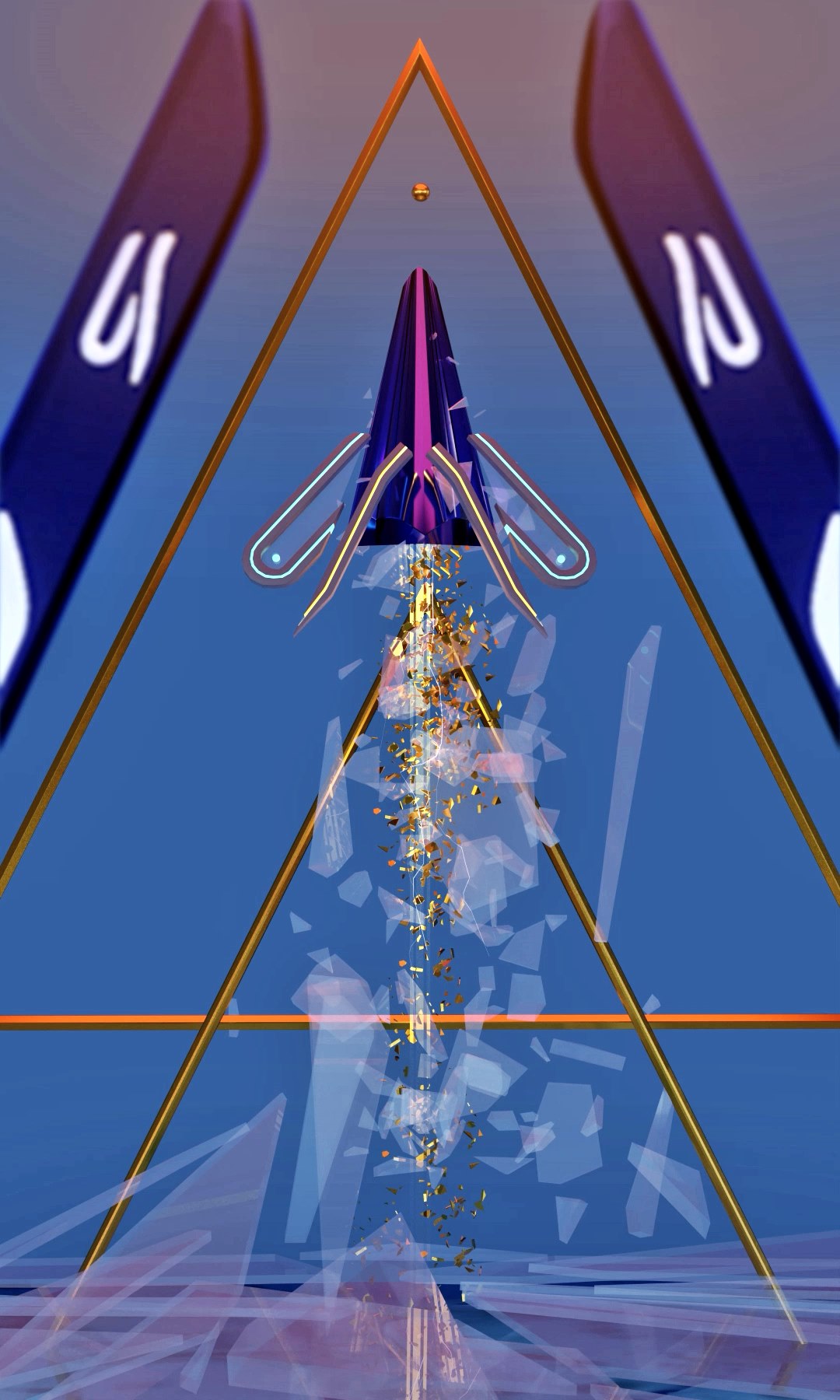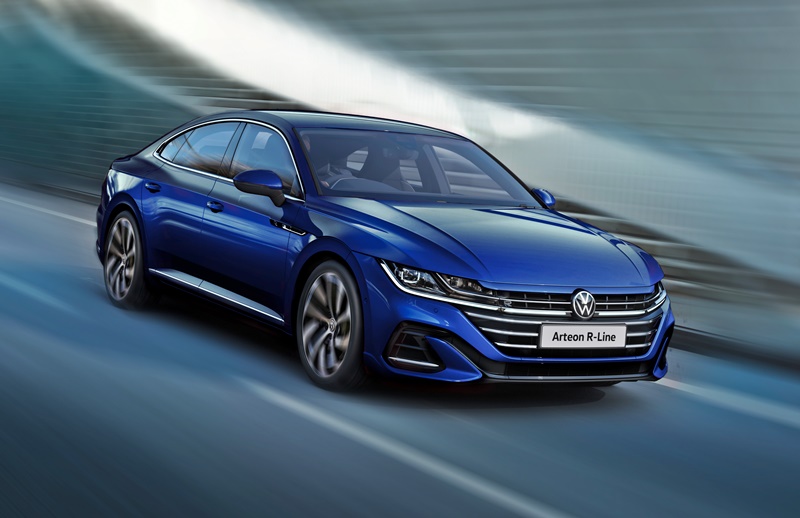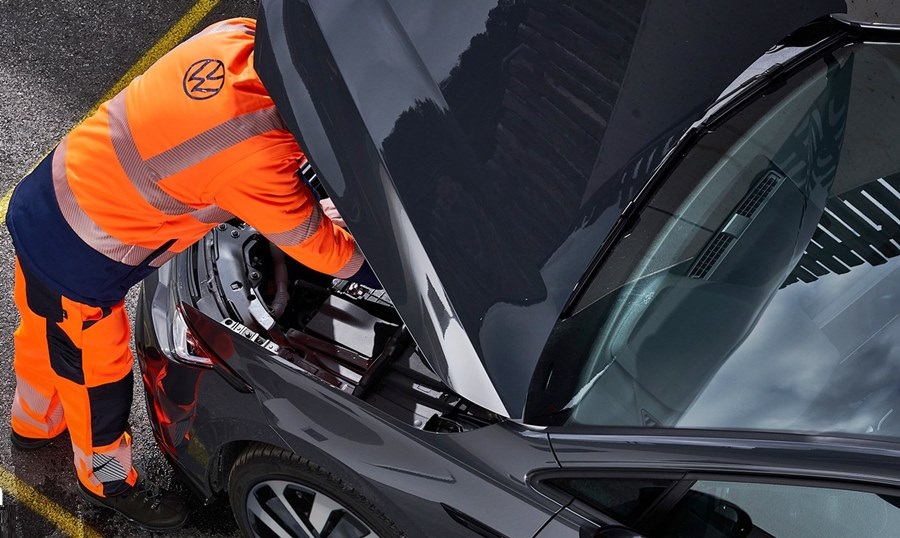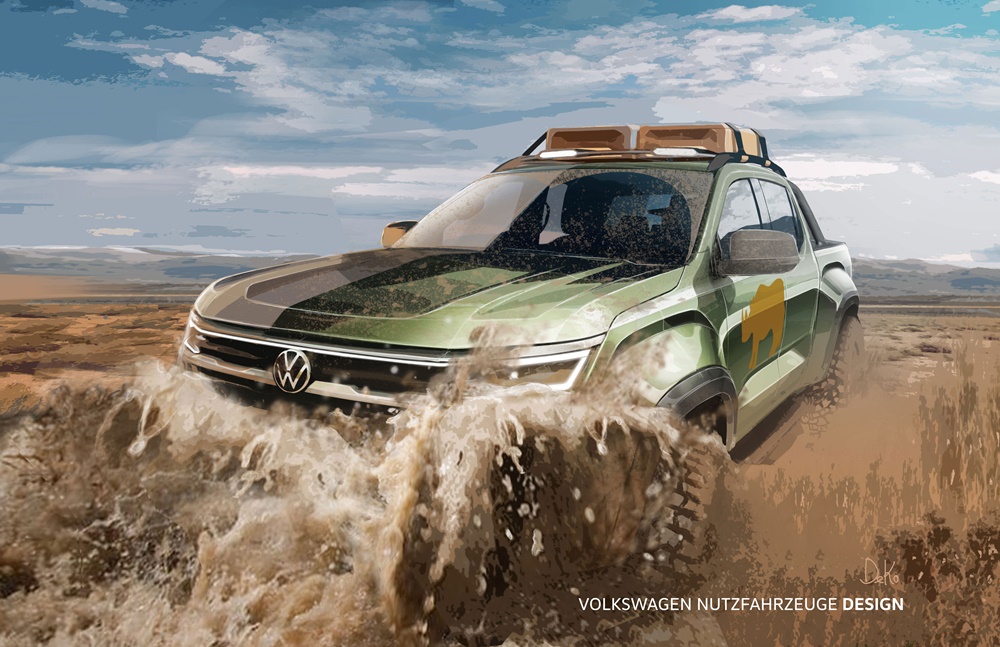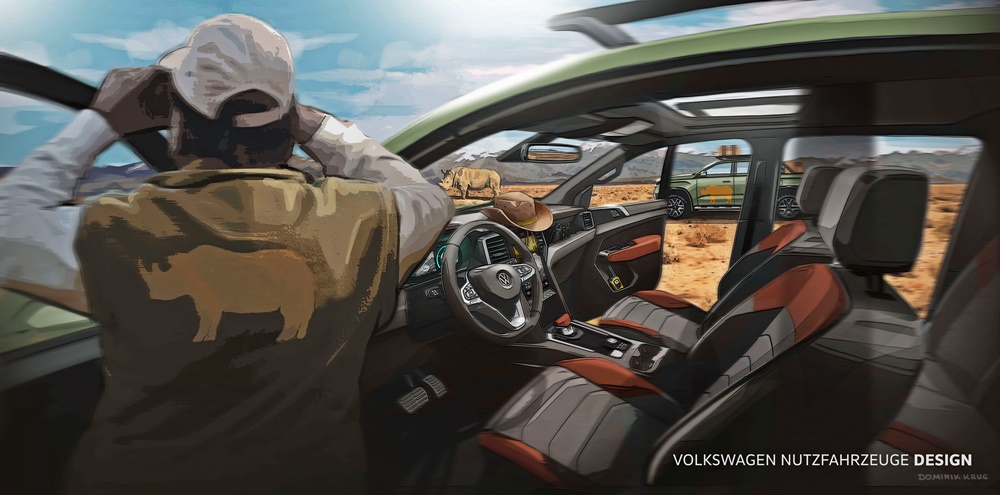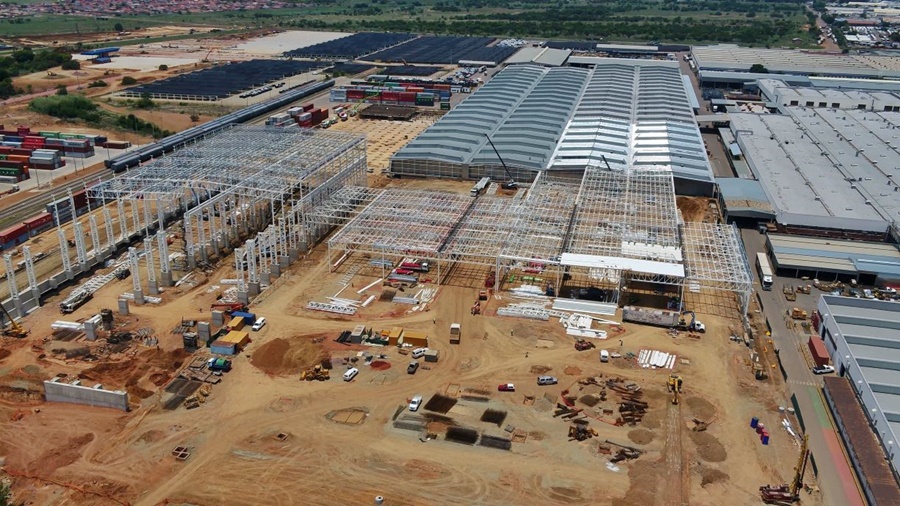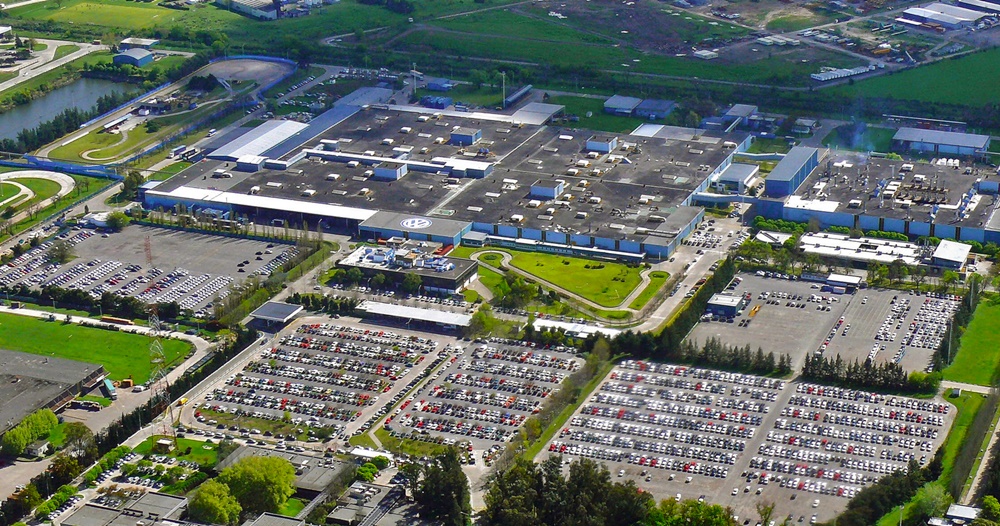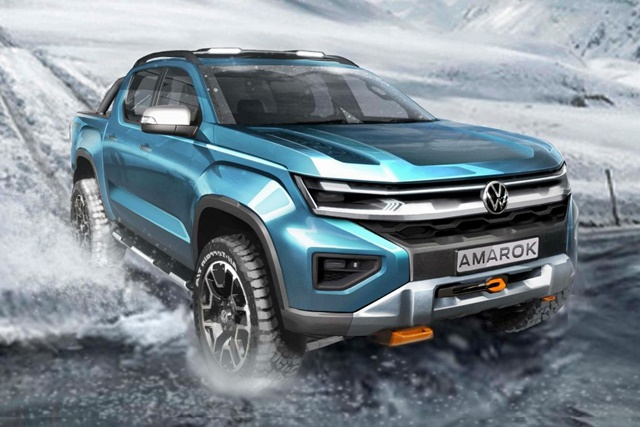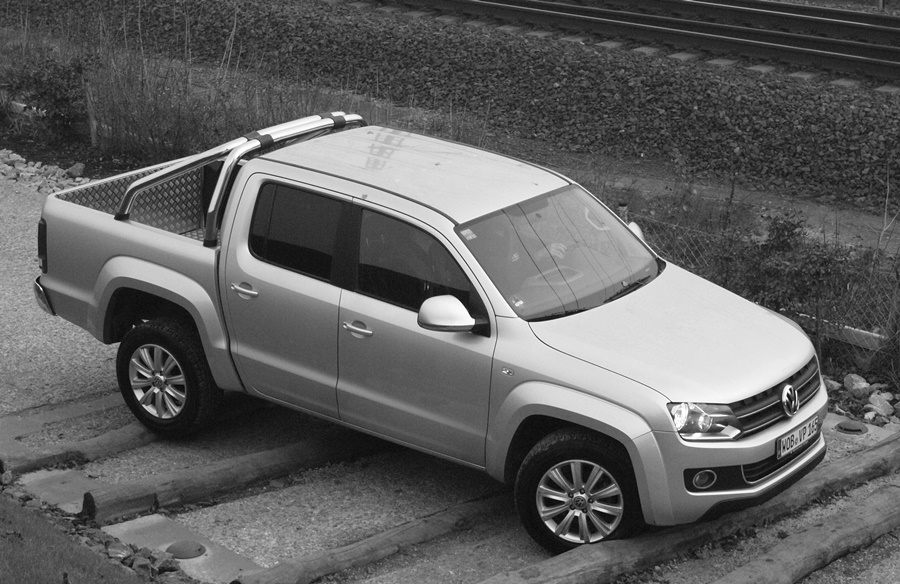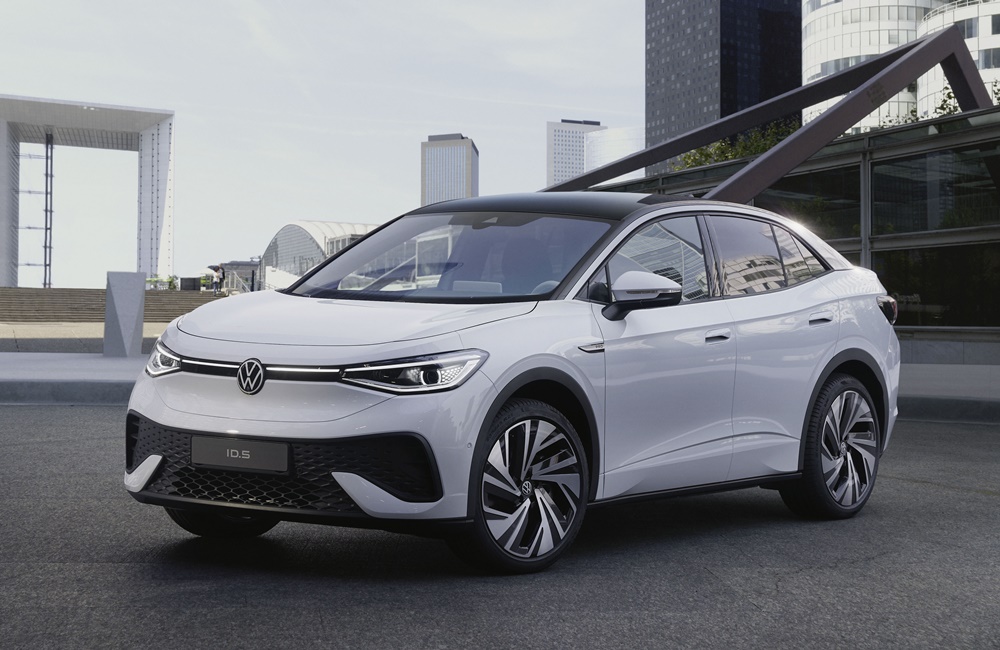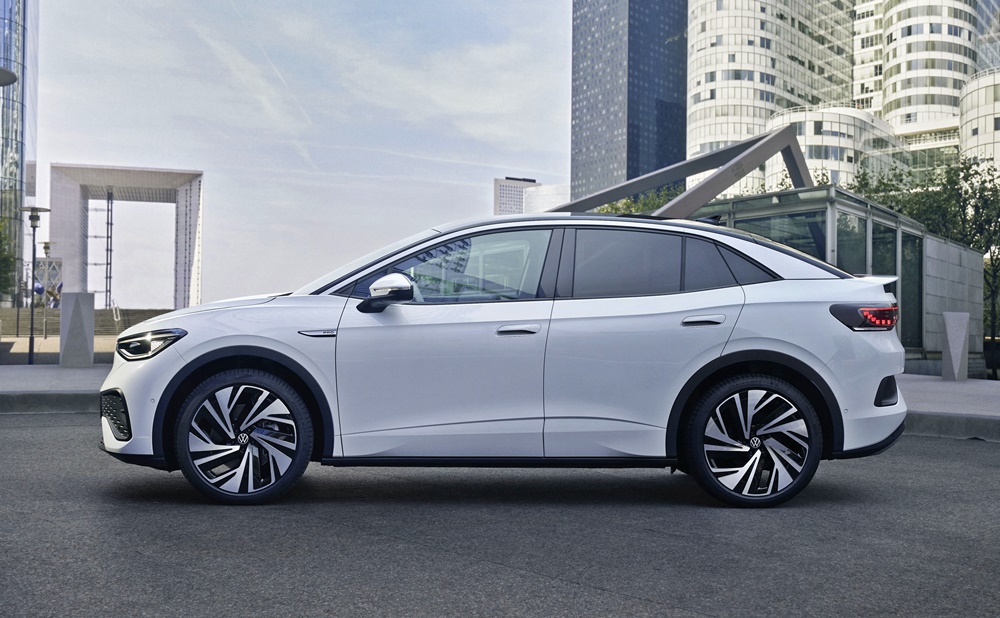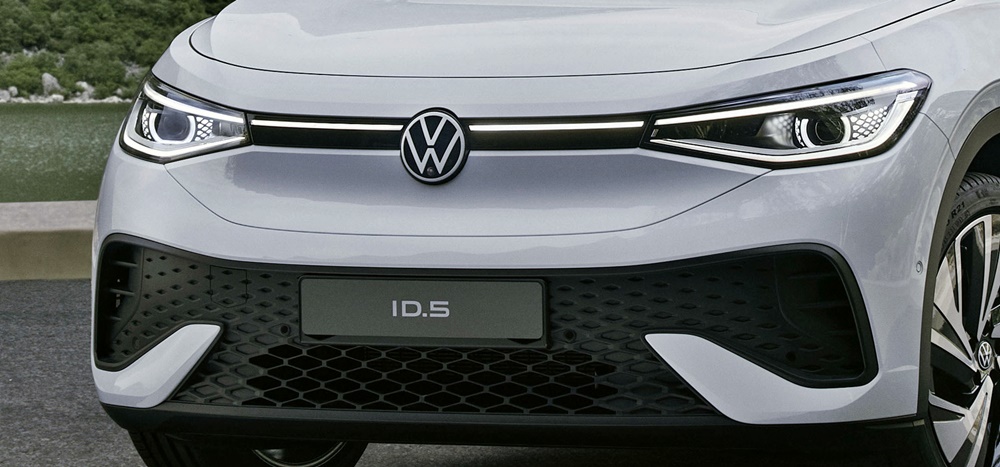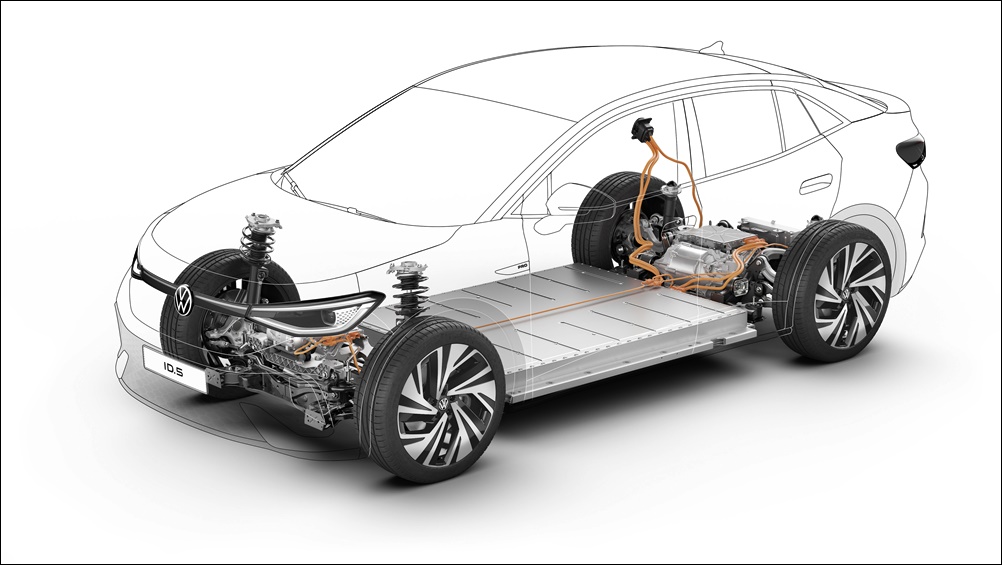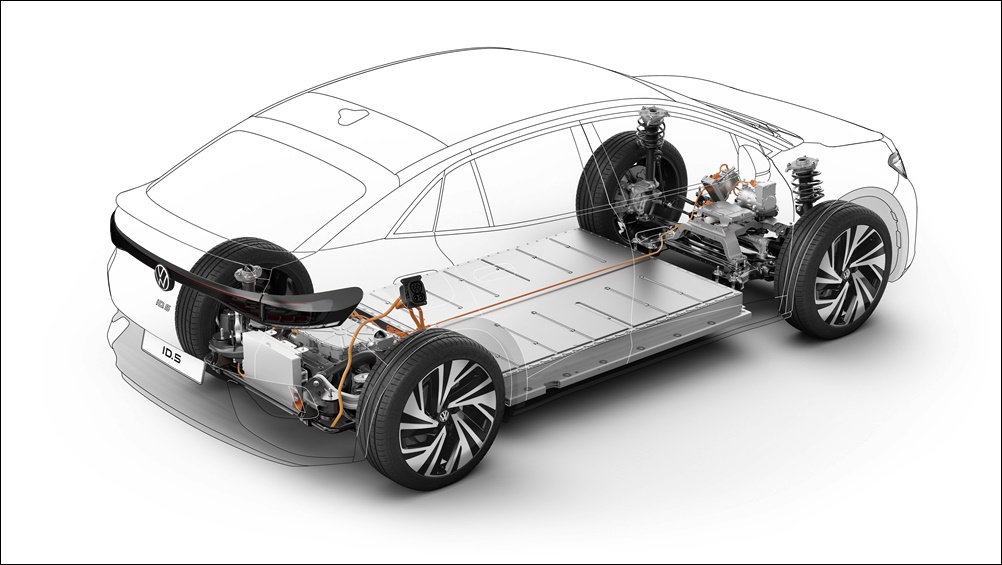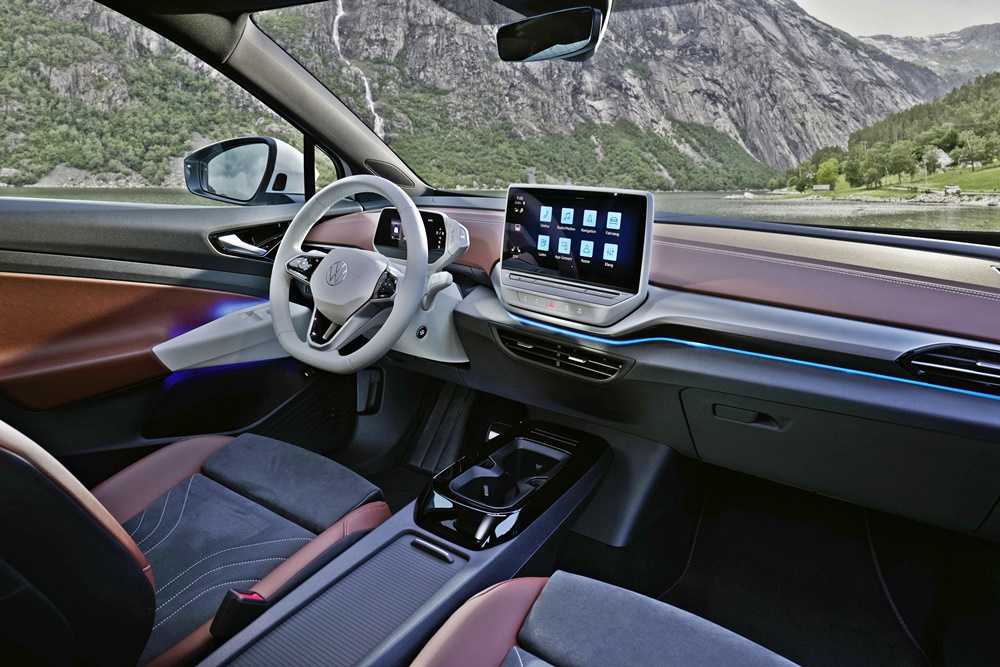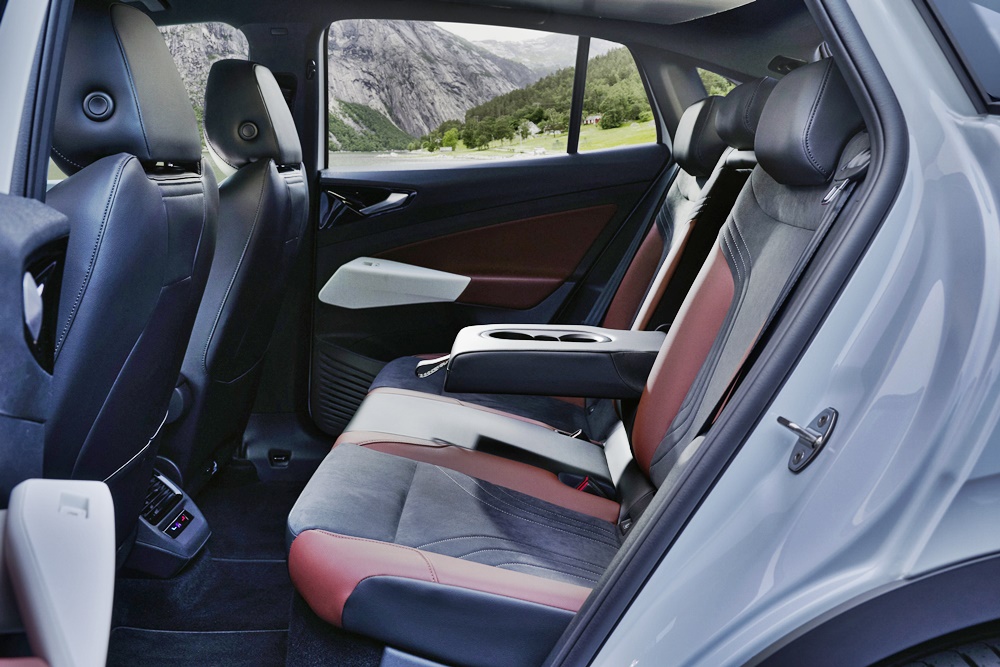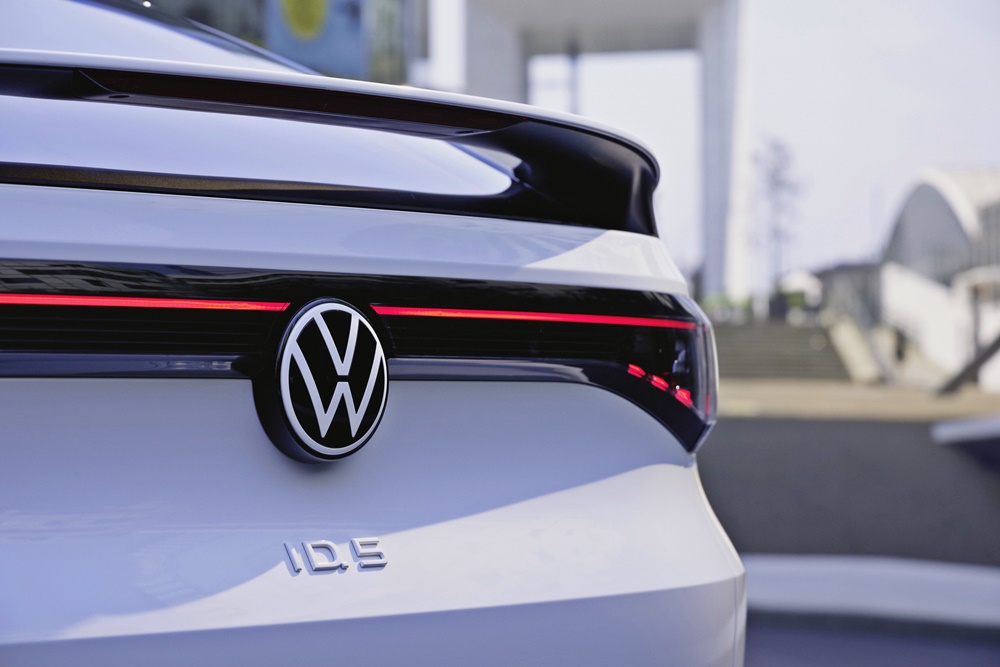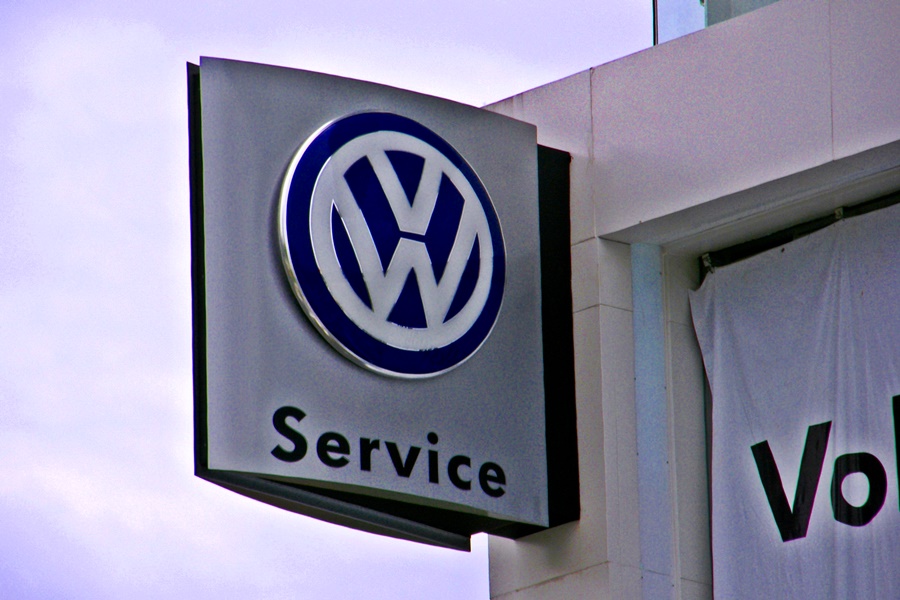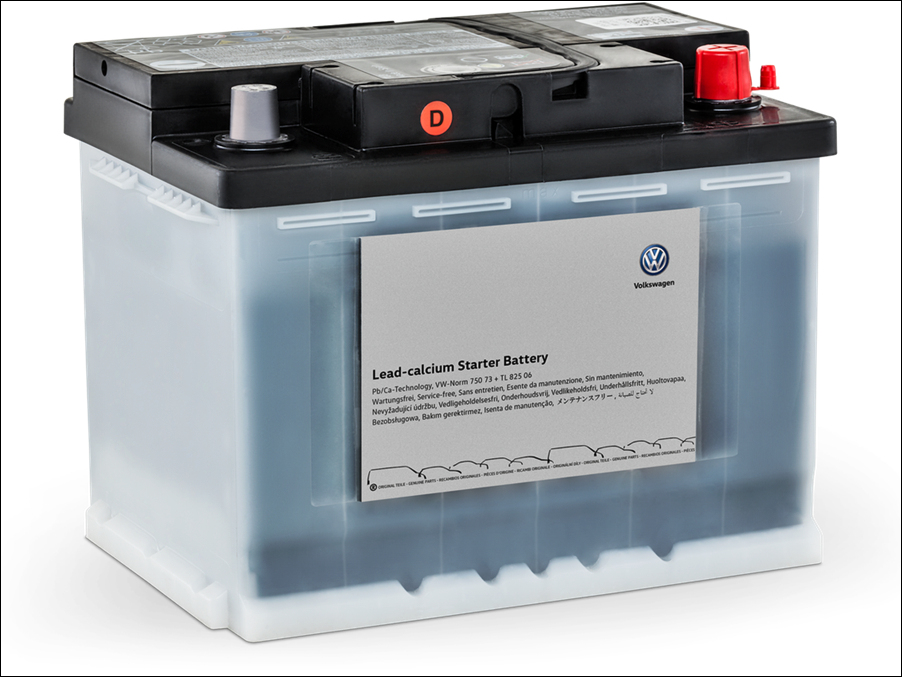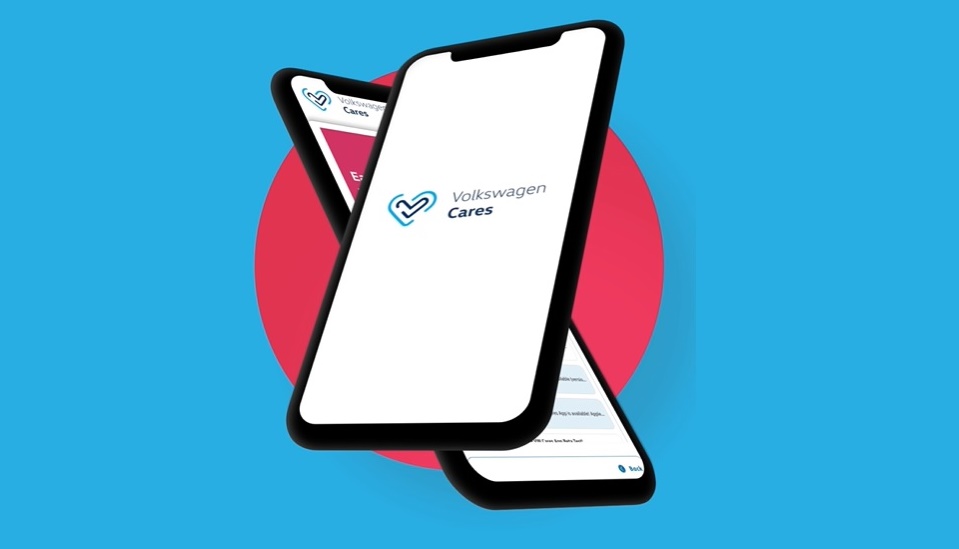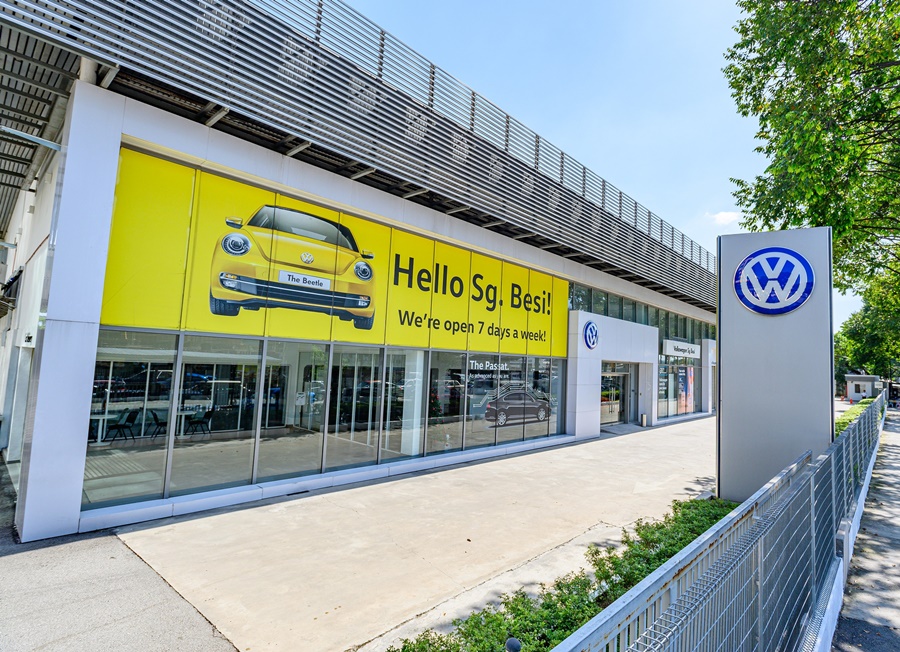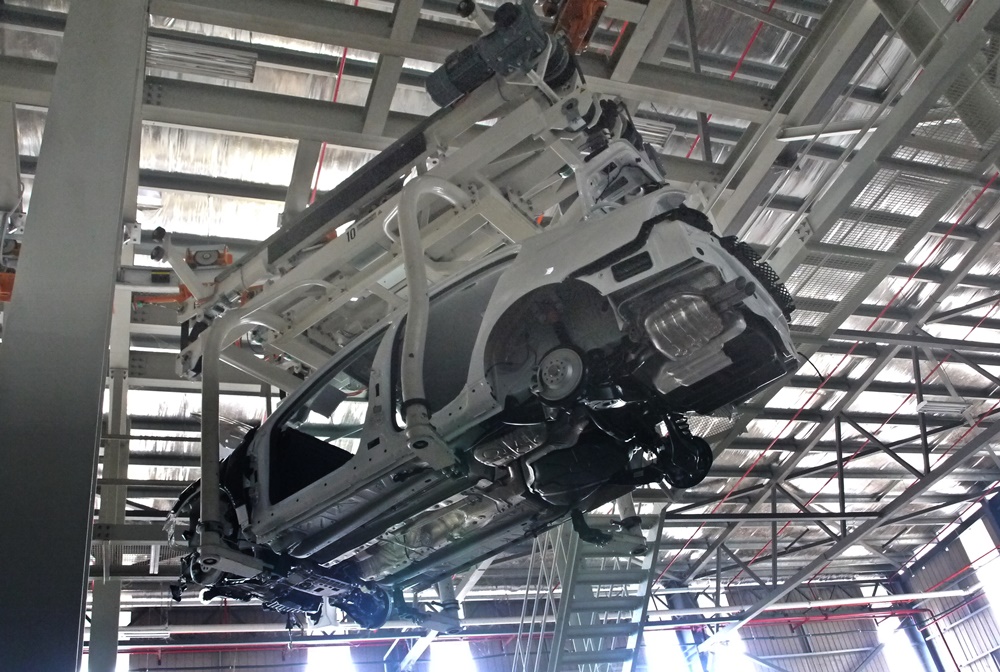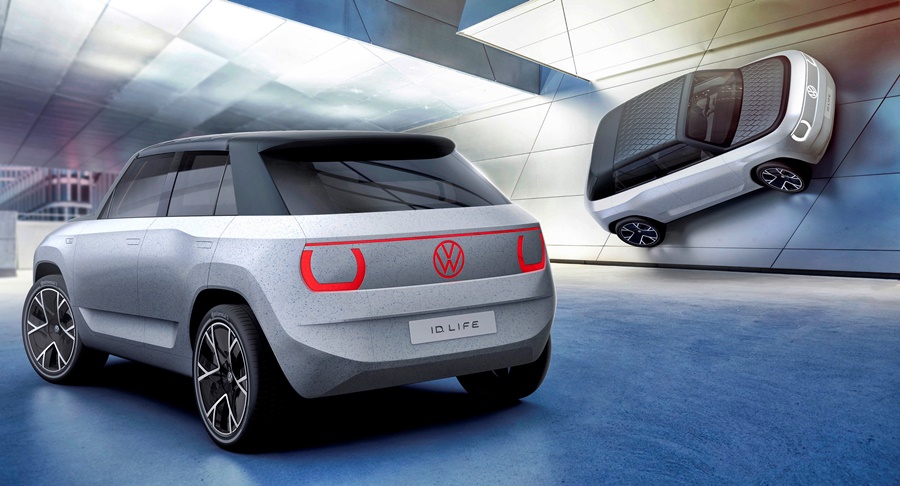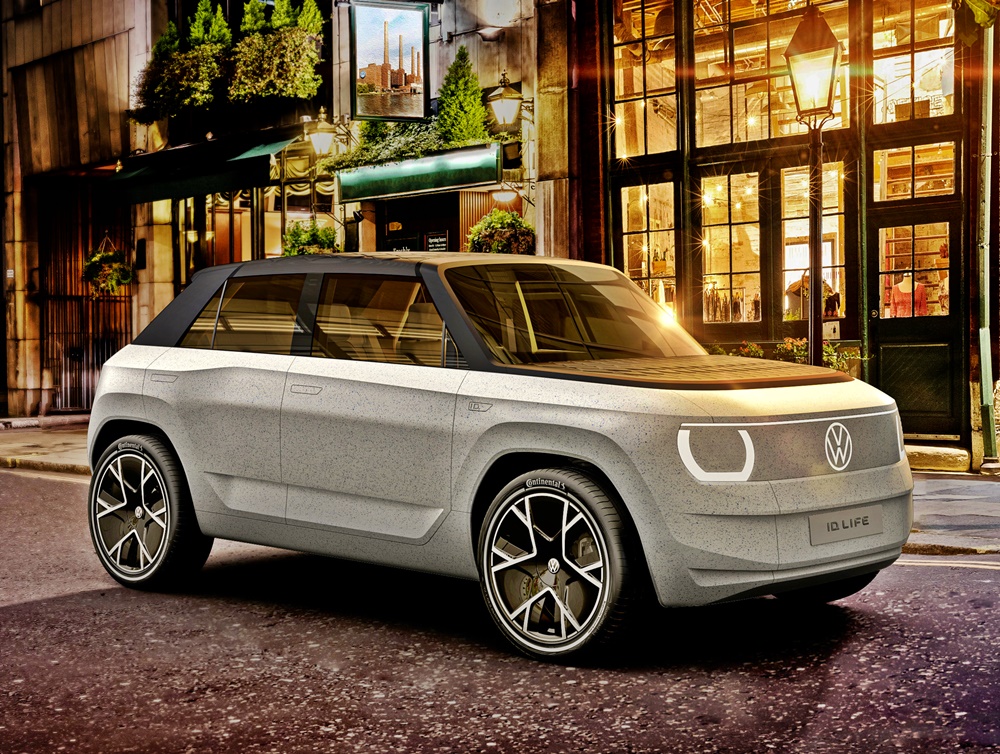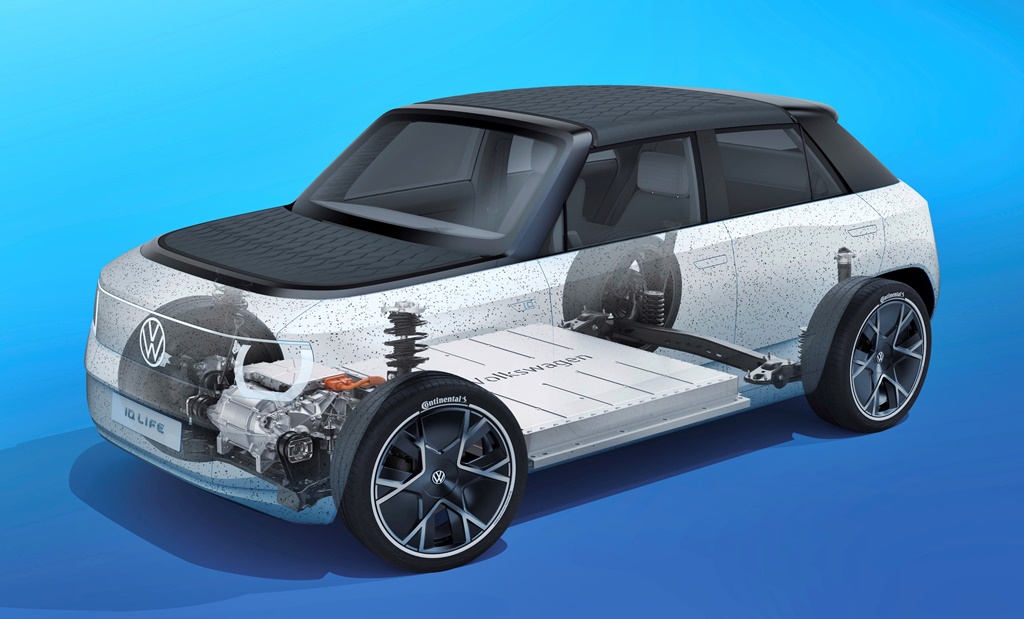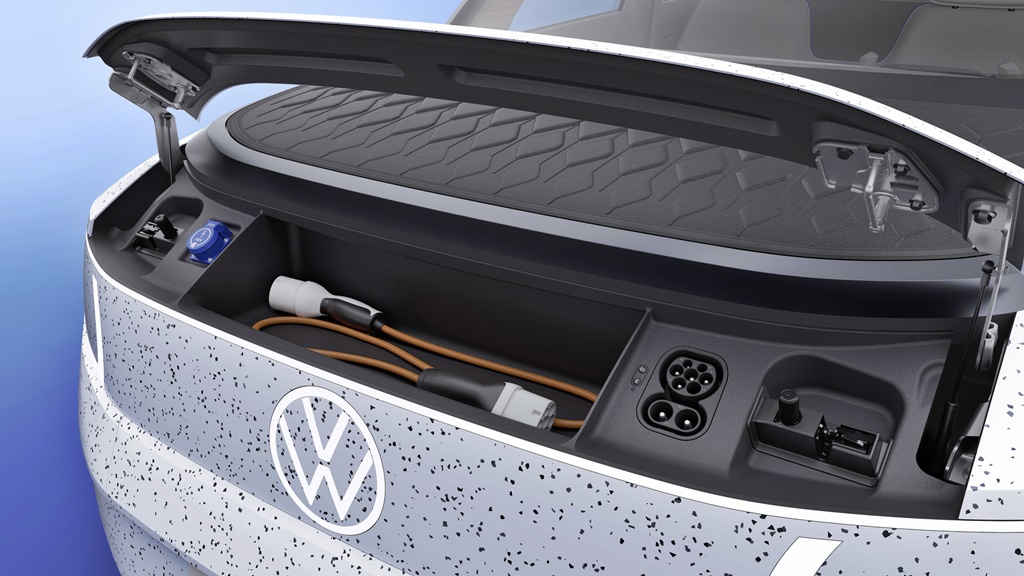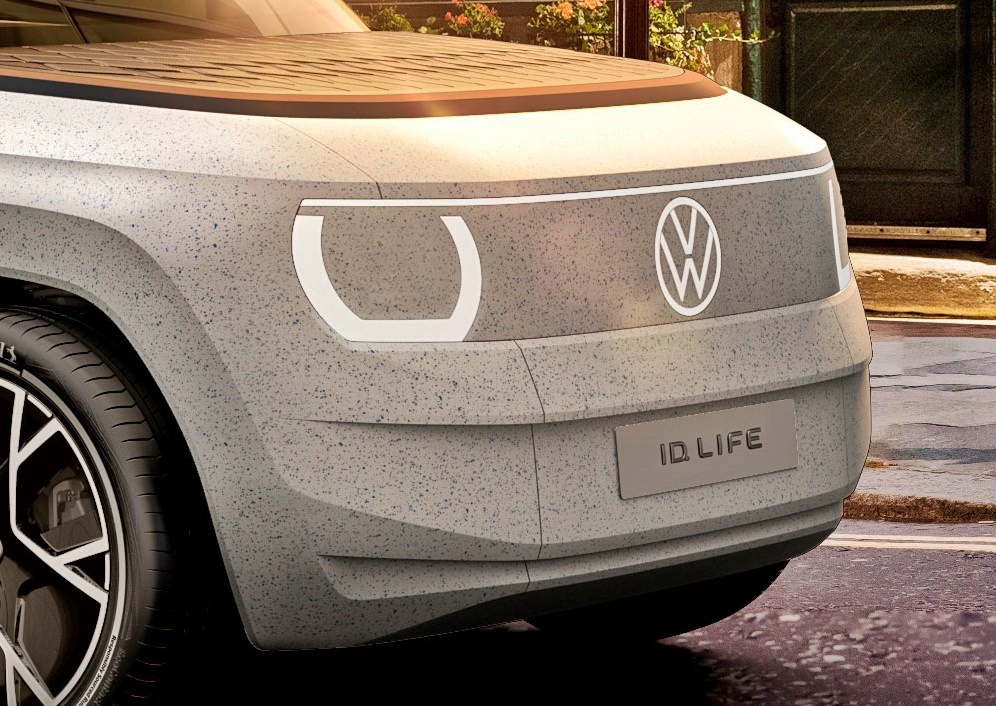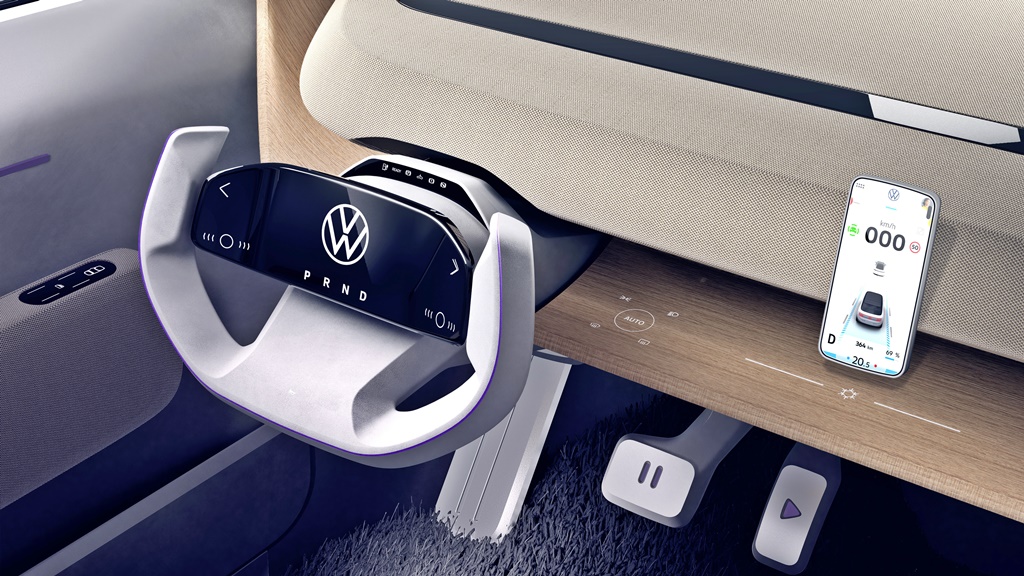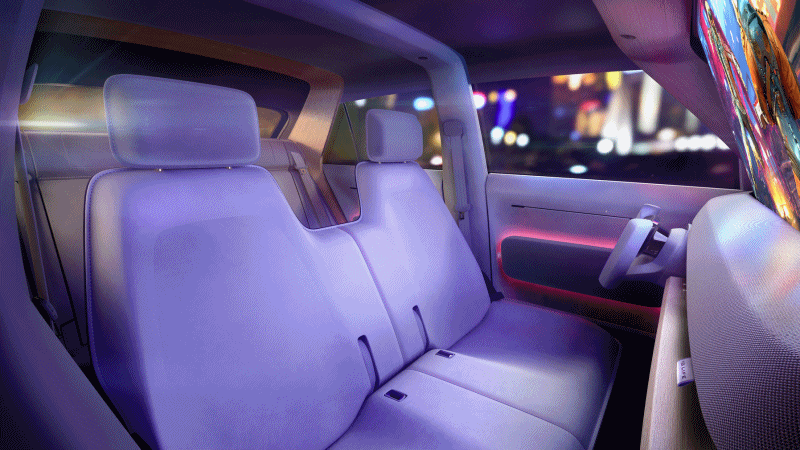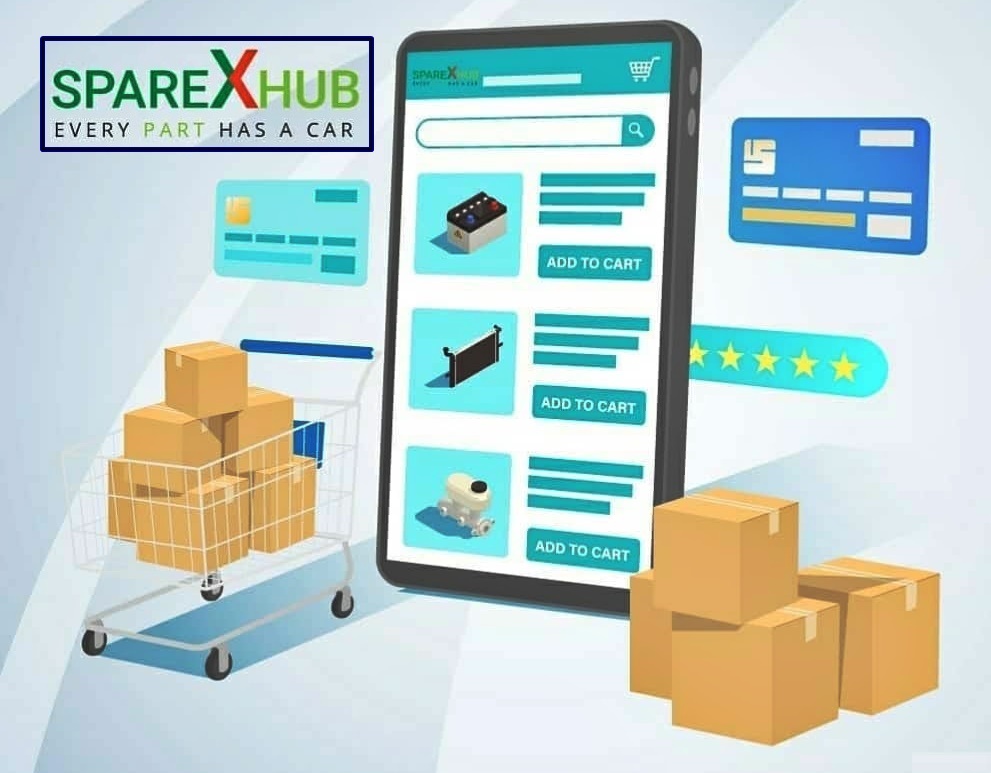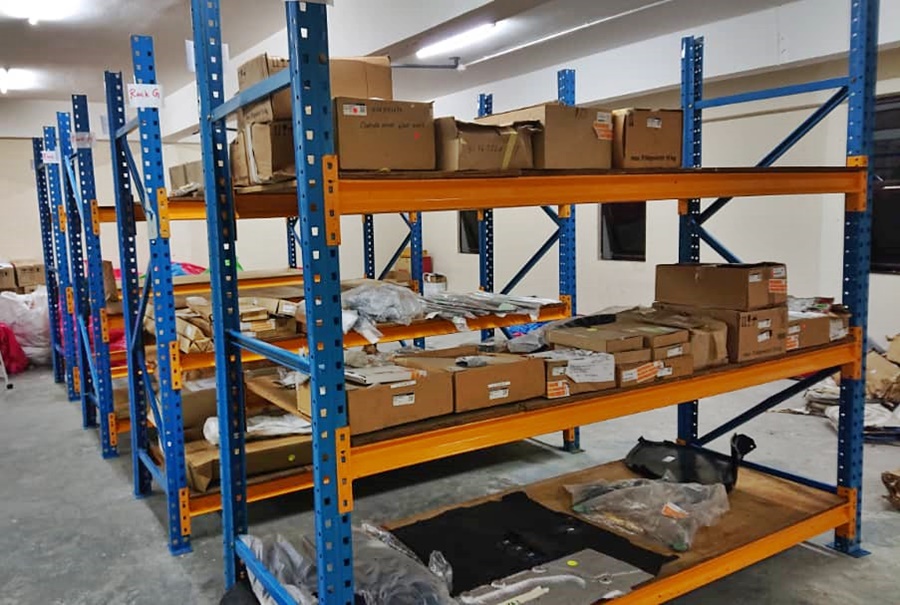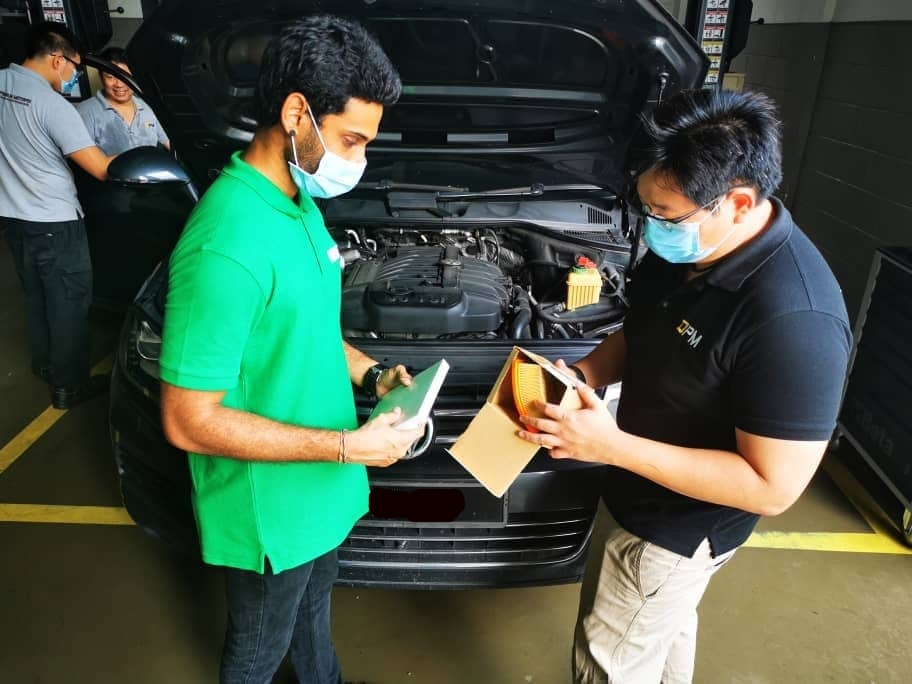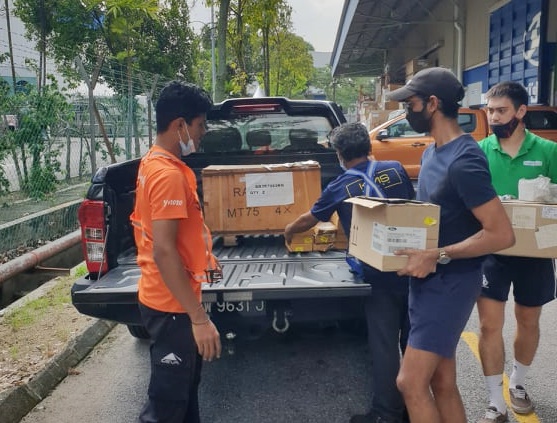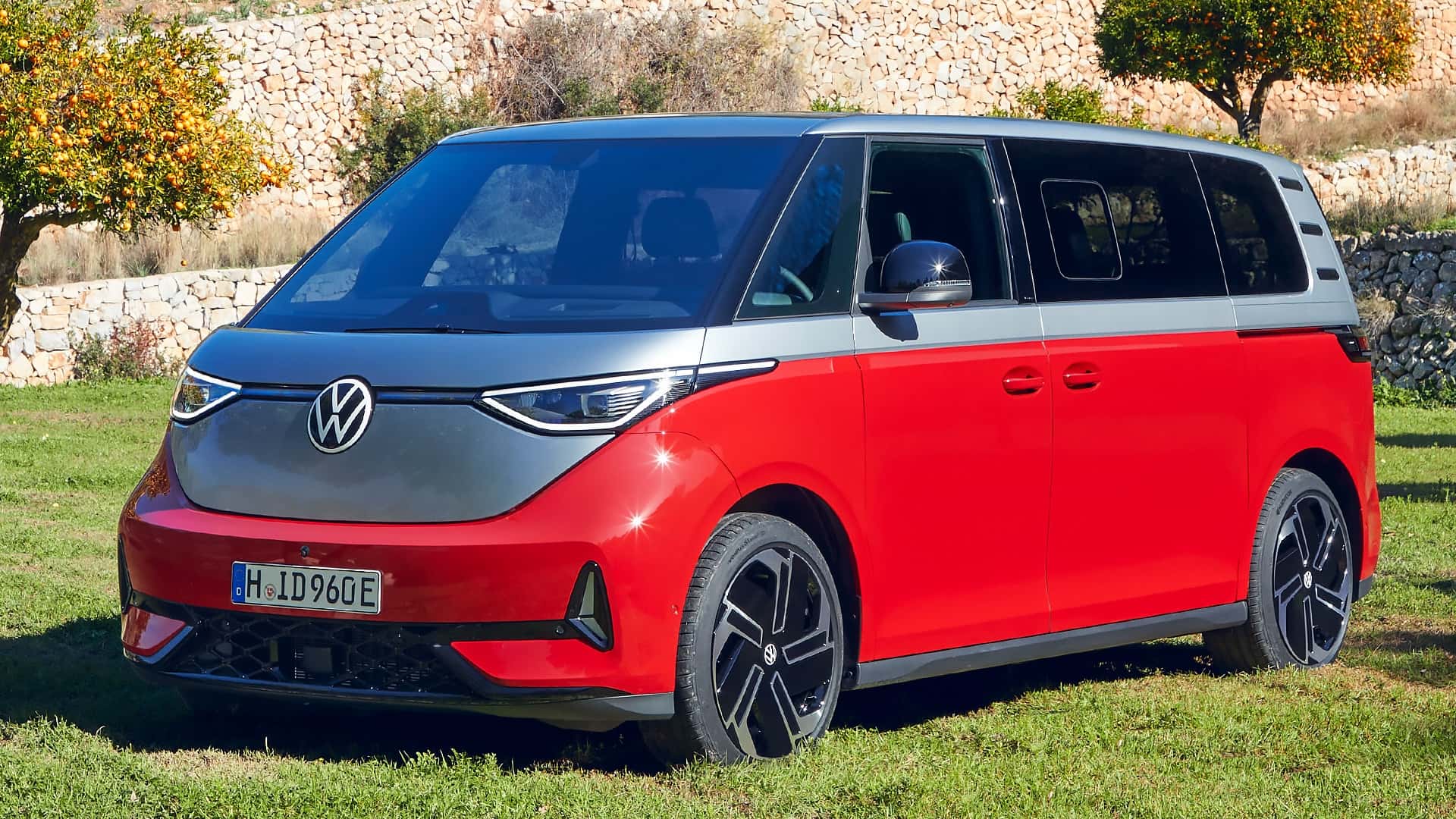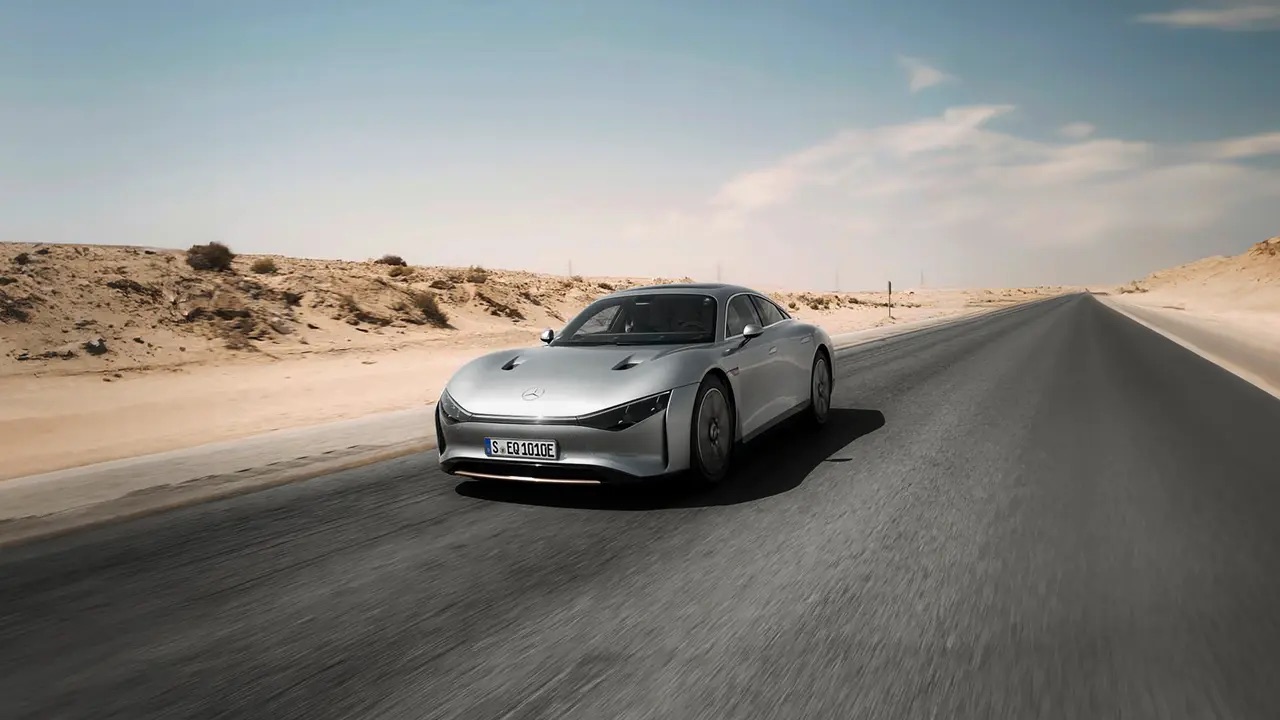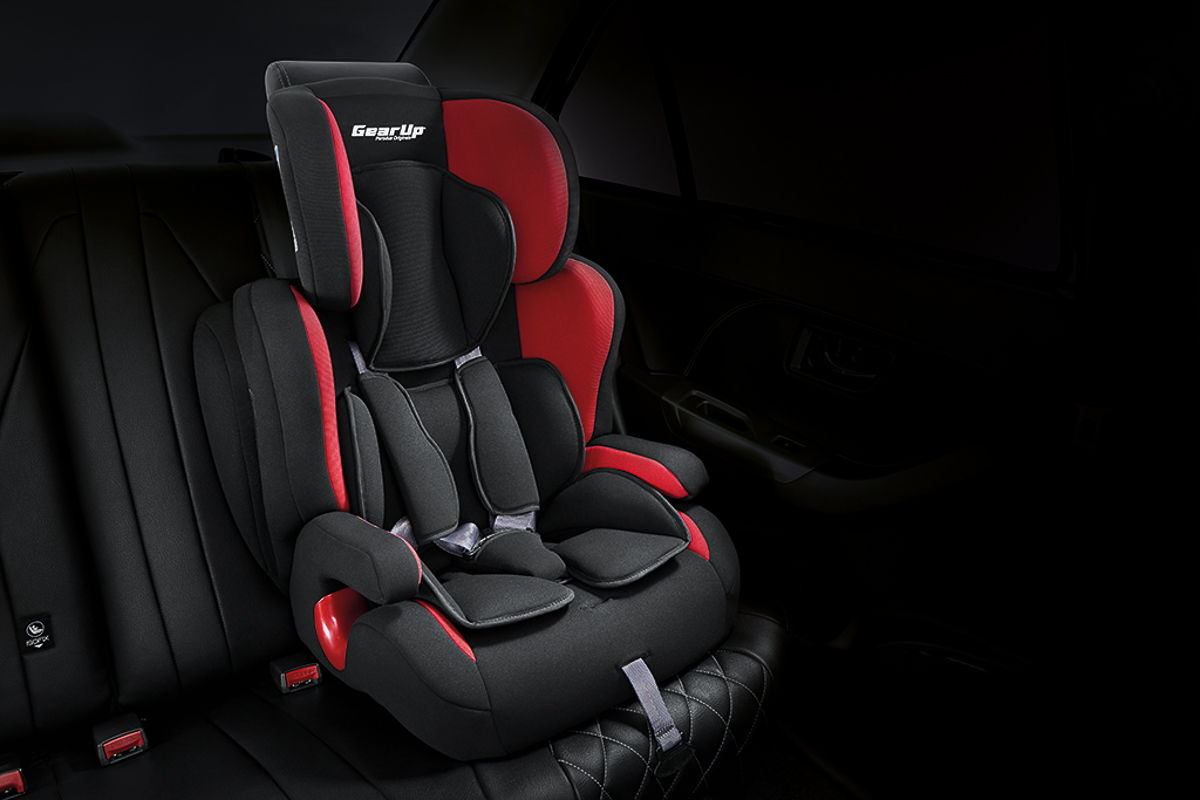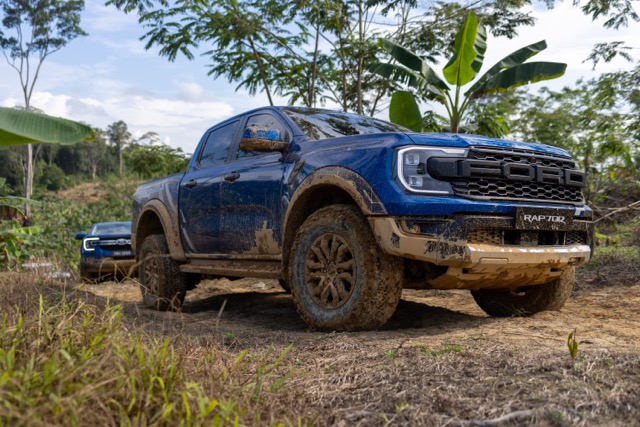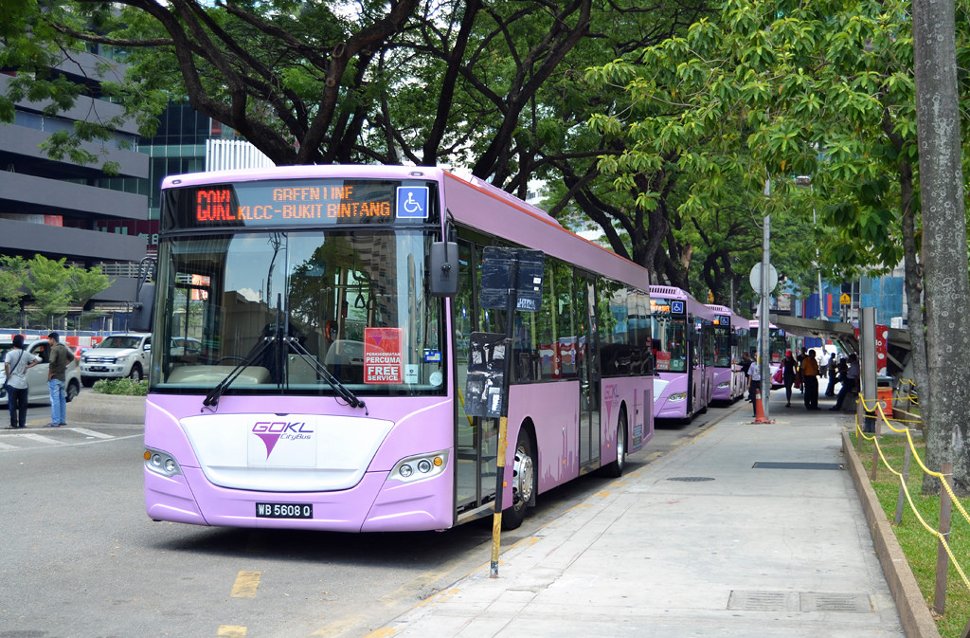Over 70 years ago, a Volkswagen importer in Holland by the name of Ben Pons saw an opportunity to offer customers a versatile vehicle which could be adapted from the platform of the Beetle, then still a young product. He sketched a box like body on top of the Beetle platform and suggested it to Volkswagen which agreed to build prototypes. When the public saw the model, simply referred to as ‘T1’, there was great demand and so was born a vehicle that would become an icon in the decades that followed.
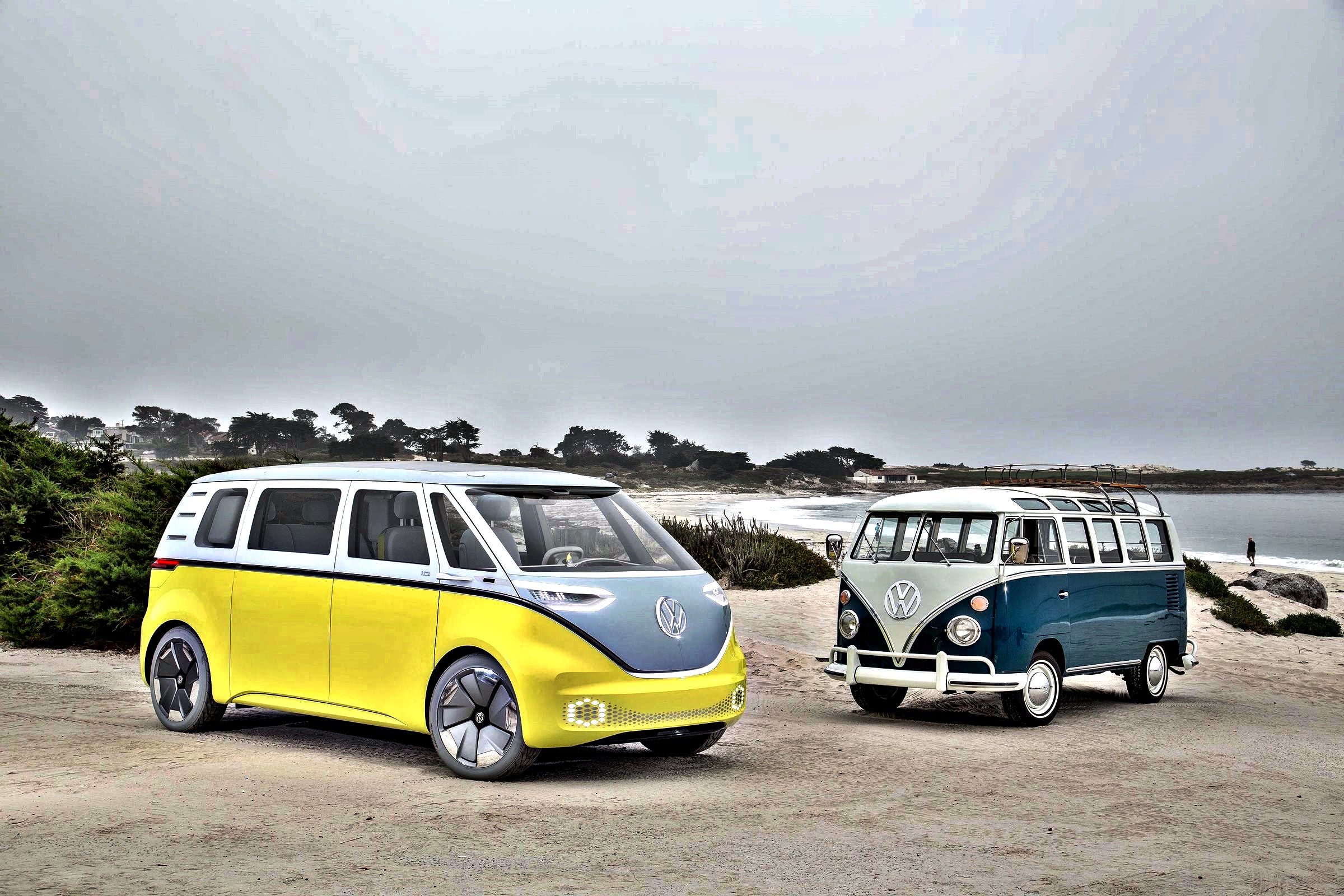
The original multi-purpose vehicle
It came to have various names – Kombi, Transporter, Caravelle, among them – and found use in numerous roles from people-carrier to goods transporter. In America, it was a ‘Microbus’ and became one of the symbols of the counter-culture movement there. Its low cost and simplicity made it easily affordable by the hippies who would live in it and gave the vehicles a lot of character with creative paintwork.
The original rounded form evolved into a more cubic shape with the third generation in 1979 and in 1983, the air-cooled engine was replaced by a water-cooled unit. The current generation is the T6 which was introduced in 2015 and continues to be a popular model in the midsize van segment.
Part of ID. family of EVs
However, with the trend towards electrification, Volkswagen has had to think of how to continue this iconic model with a zero emission powerplant. Its answer is a model known as the Buzz, which will be part of the ID. family of battery electric vehicles BEVs. The model, to be unveiled early next month, was shown in 2017 as the BUZZ concept and it received sufficient positive feedback that it was approved for production.
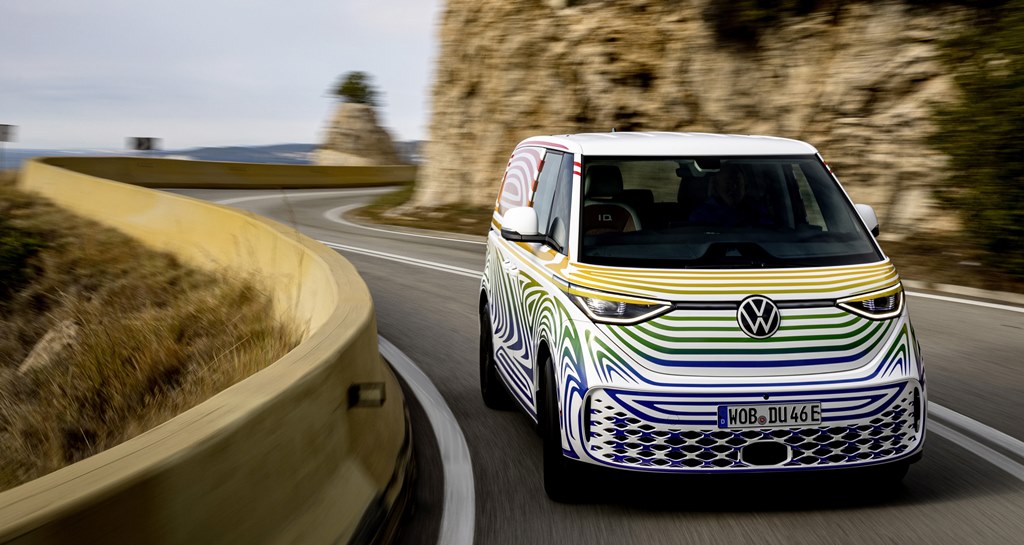
Volkswagen will have two versions of the electrically-powered model – the Buzz (a 5-seater) and Buzz Cargo (a van). The designers have transferred the styling of the 2017 concept car to the production version, and it has the design elements of the legendary T1. Those elements include extremely short body overhangs, maximum utilization of space on a minimal footprint, the classic division of the vehicle body design into an upper and lower level, and the V-shaped face. And just like the original, the Buzz also has rear-wheel drive.
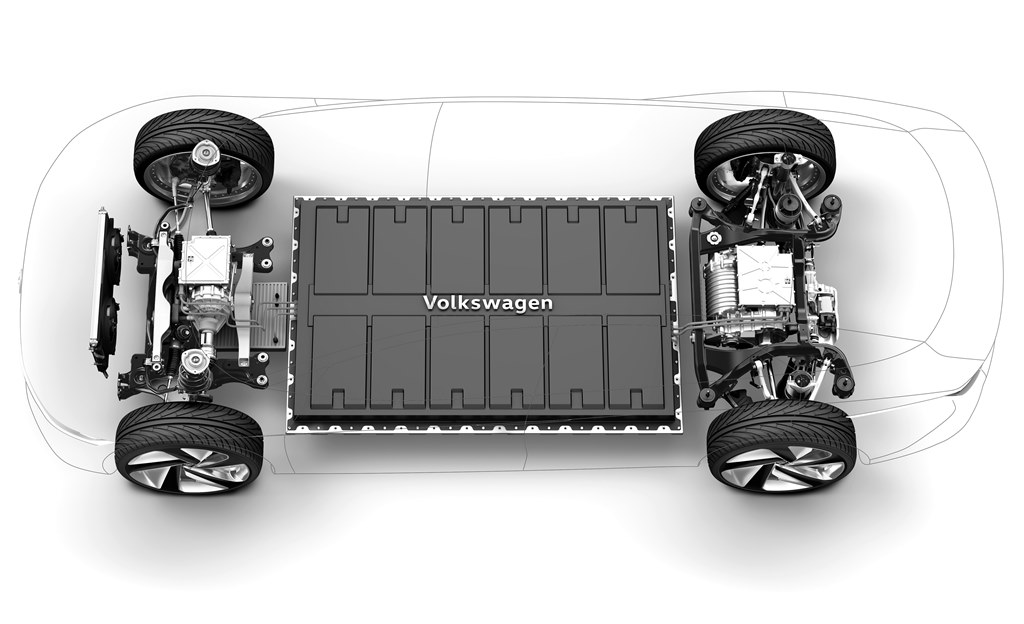
VW Group MEB platform
The new model line is based on the Volkswagen Group’s Modular Electric Drive Kit (MEB). This uses a high-voltage lithium-ion battery providing gross energy content of 82 kWh, supplying 150 kW to the electric motor integrated in and driving the rear axle. The top speed is electronically limited at 145 km/h but official figures for range are not yet available. Unlike its combustion engine predecessor, the Buzz will be more agile with maximum torque of 310 Nm available when moving off.
Maximum space utilization
The MEB architecture has been designed to be variable and Volkswagen’s engineers have developed a versatile structure that facilitates a wide spectrum of roles – as a 5-seater leisure vehicle as well as a 3-seater cargo transporter. The range will be extended when another variant with a longer wheelbase and more possibilities of interior configurations debuts in 2023.
The standard wheelbase versions (2988 mm) of the Buzz and Buzz Cargo are just 4712 mm long. By way of comparison, the wheelbase of the Buzz is only 2 mm different to that of the current T6, which is 4904 mm long. The Buzz thus offers a similar internal length but is able to use smaller parking spaces. The passenger Buzz, which has a generous greenhouse, is 1937 mm high, which is lower than the T6, and is also 81 mm wider.
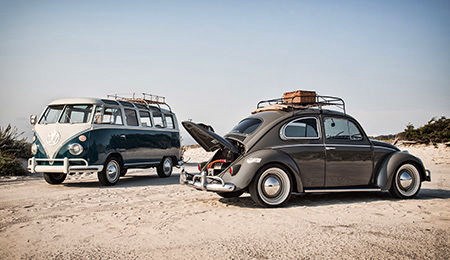
Thanks to the space-saving MEB concept, the two electric vans can offer good space utilization. The Buzz can take up to 1,121 litres of luggage even with all 5 seats occupied. For the Buzz Cargo, there‘s a volume of 3.9 cubic metres behind a partition that separates the front seats.
‘Plug & Charge’ and bi-directional charging
Using the latest ID. software, the model line will in future offer convenient charging methods such as the ‘Plug & Charge’ function. Using this function, the Buzz authenticates itself at many providers’ quick-charging (DC) stations via the charging connector, exchanging all necessary data with it in this way. And there is also the possibility of bi-directional charging which is available in some markets. This technology opens up a whole new spectrum of possibilities, such as the ability to store excess power from a home’s solar panels in the vehicle’s battery pack and to feed it back into the home in the evening.
Like other ID. models, the Buzz can receive software updates over the air (provided there is a connection). These include both updates for the infotainment system and updates relating to charging or driver assist functions. The spectrum of driver-assist systems available across various markets includes innovatively interconnected technologies such as the new ‘Trained Parking’ function (automatic maneuvering into and out of parking spaces); ‘Car2X’ (warnings and hazard alerts in the local vicinity); and the latest version of ‘Travel Assist’ that features crowd=sourced data to facilitate forward and lateral guidance on a partly automated basis across the full speed range.
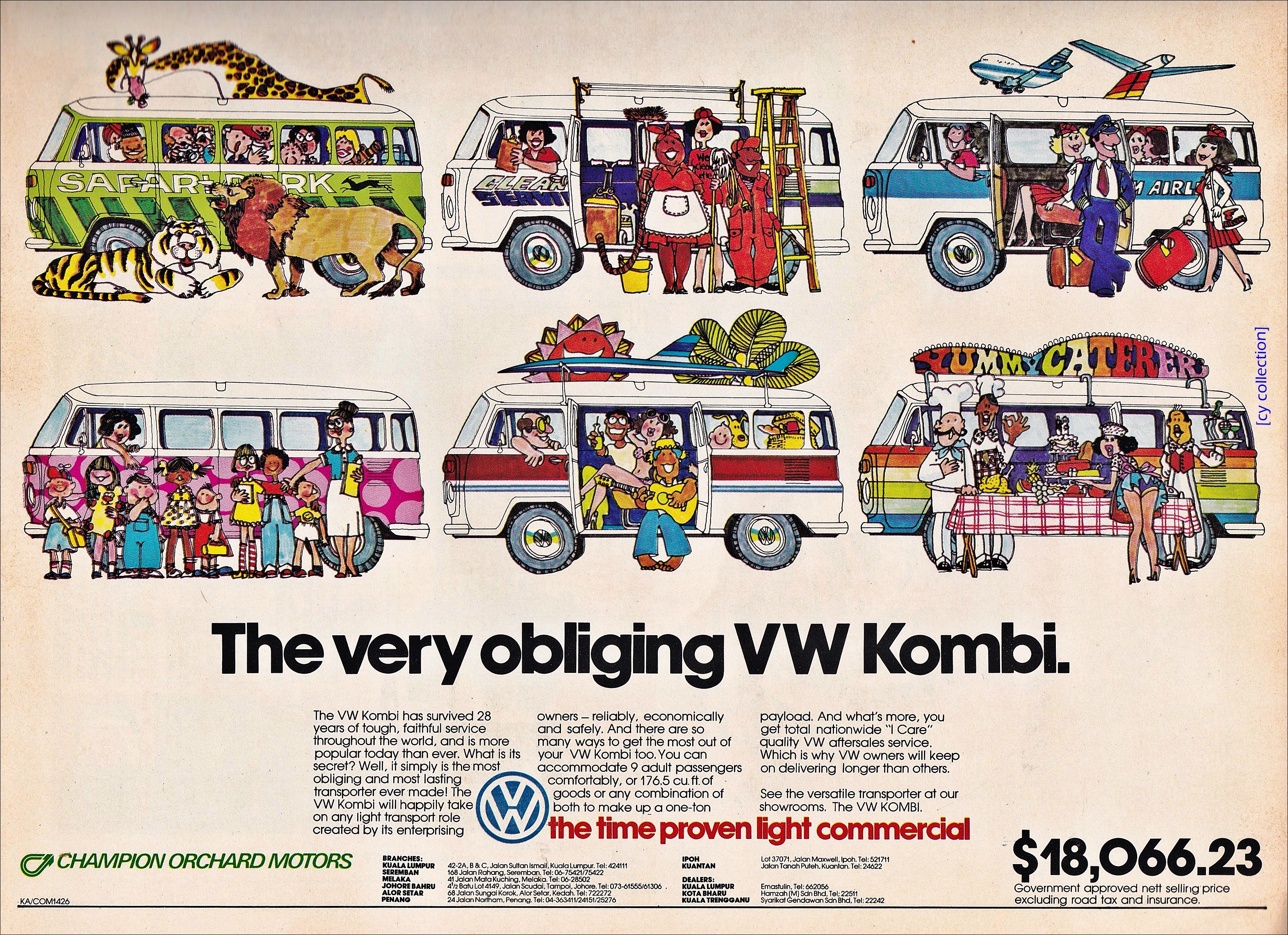
Lower-priced Volkswagen ID.LIFE to help increase adoption of EVs


